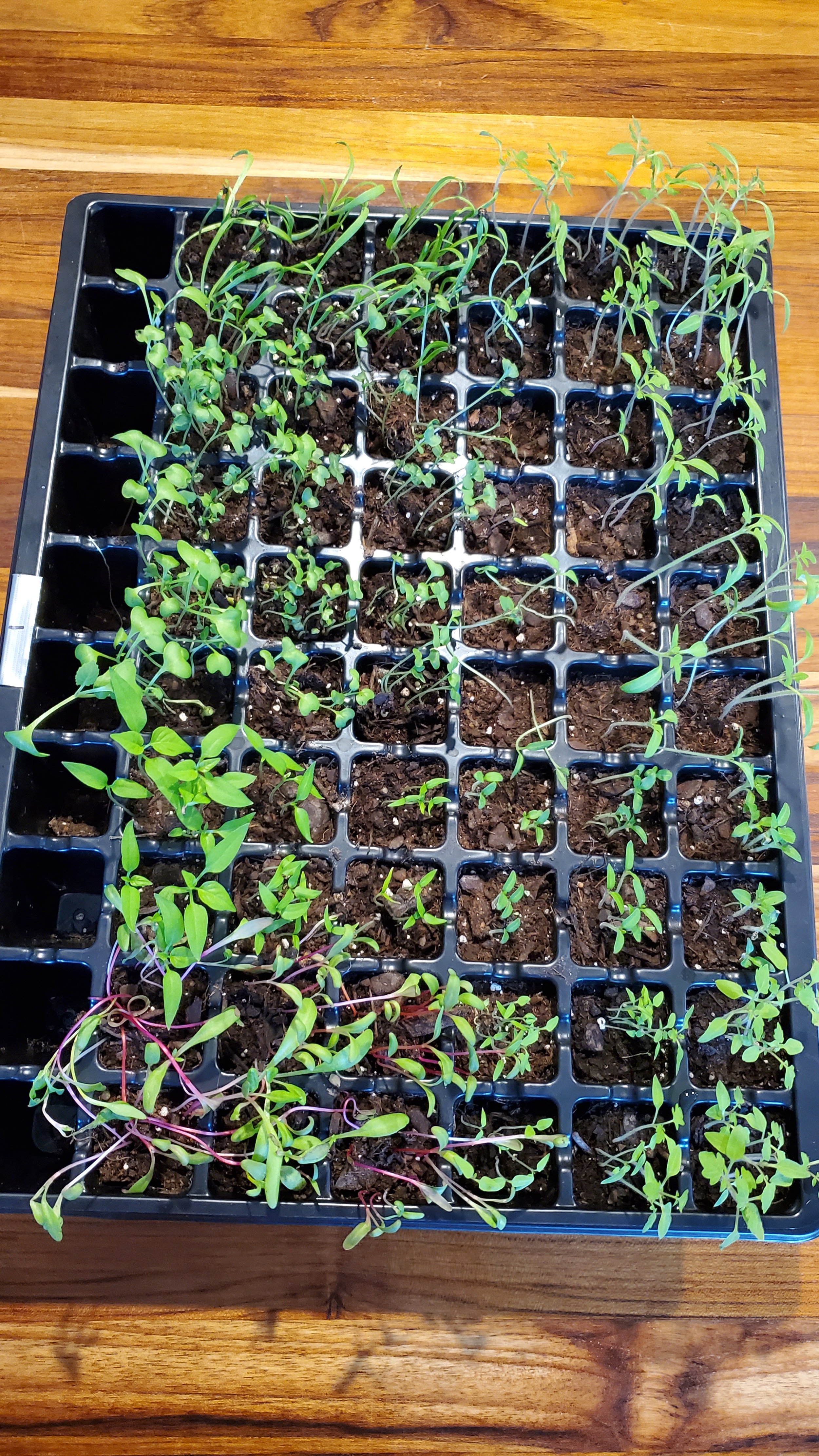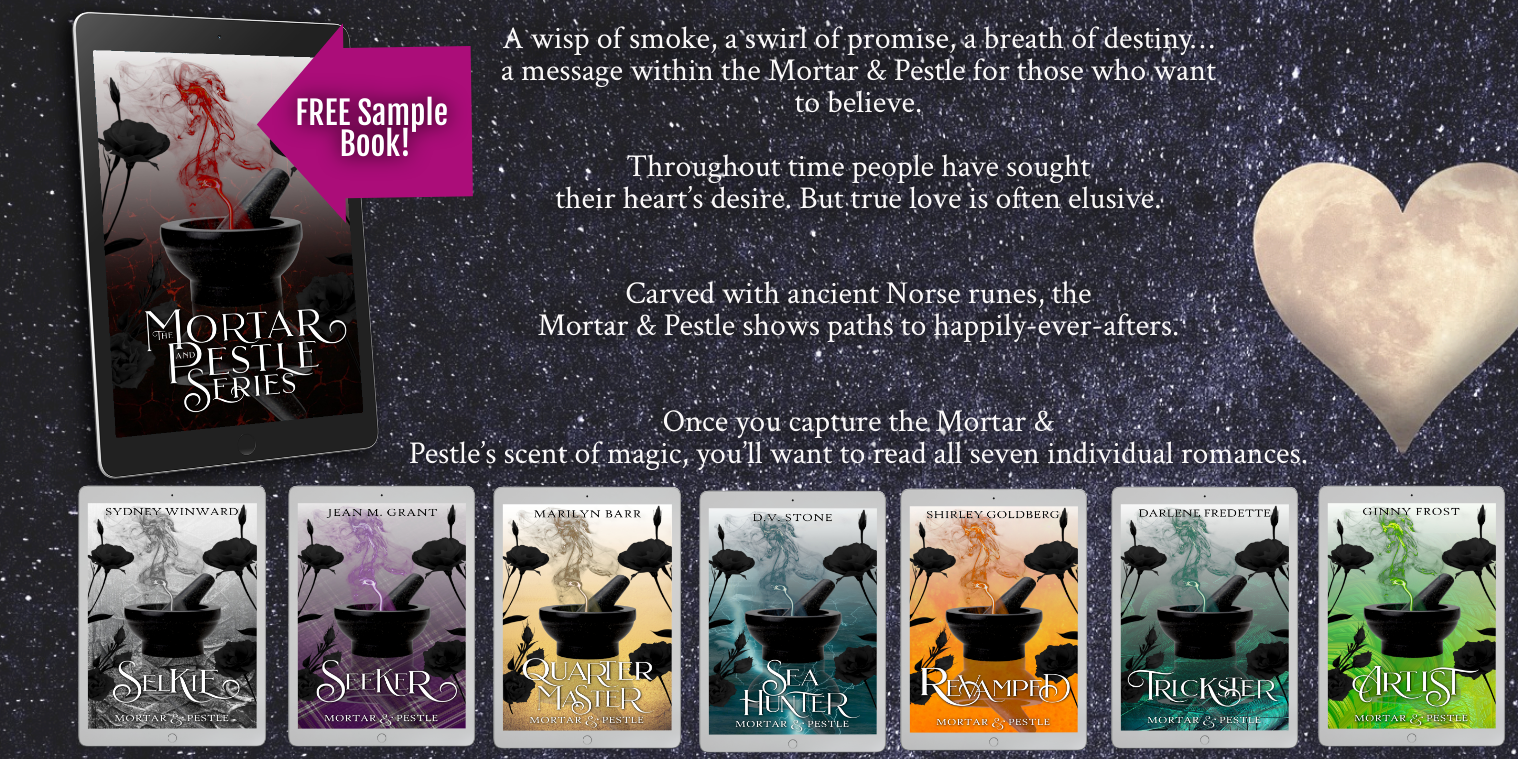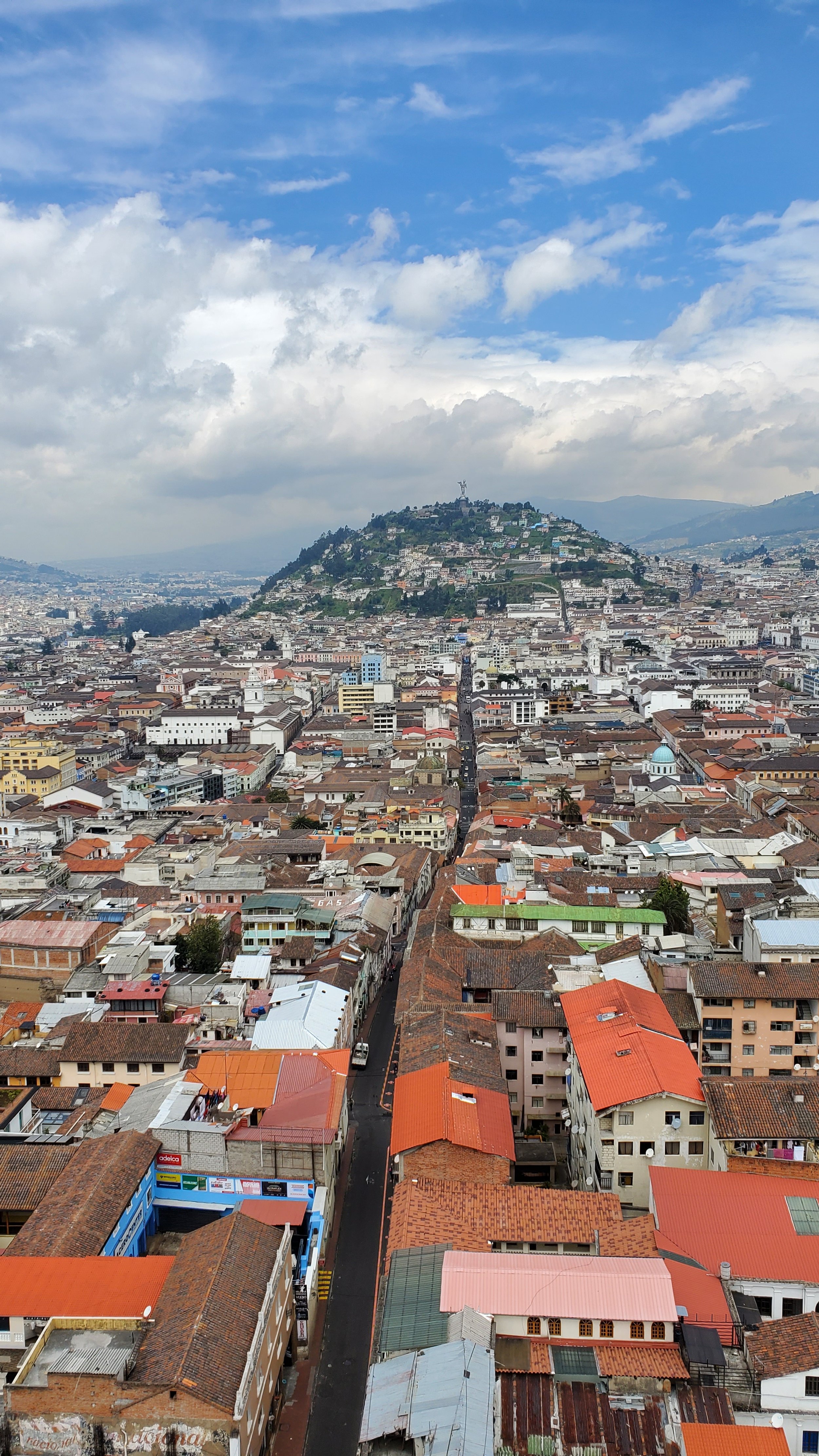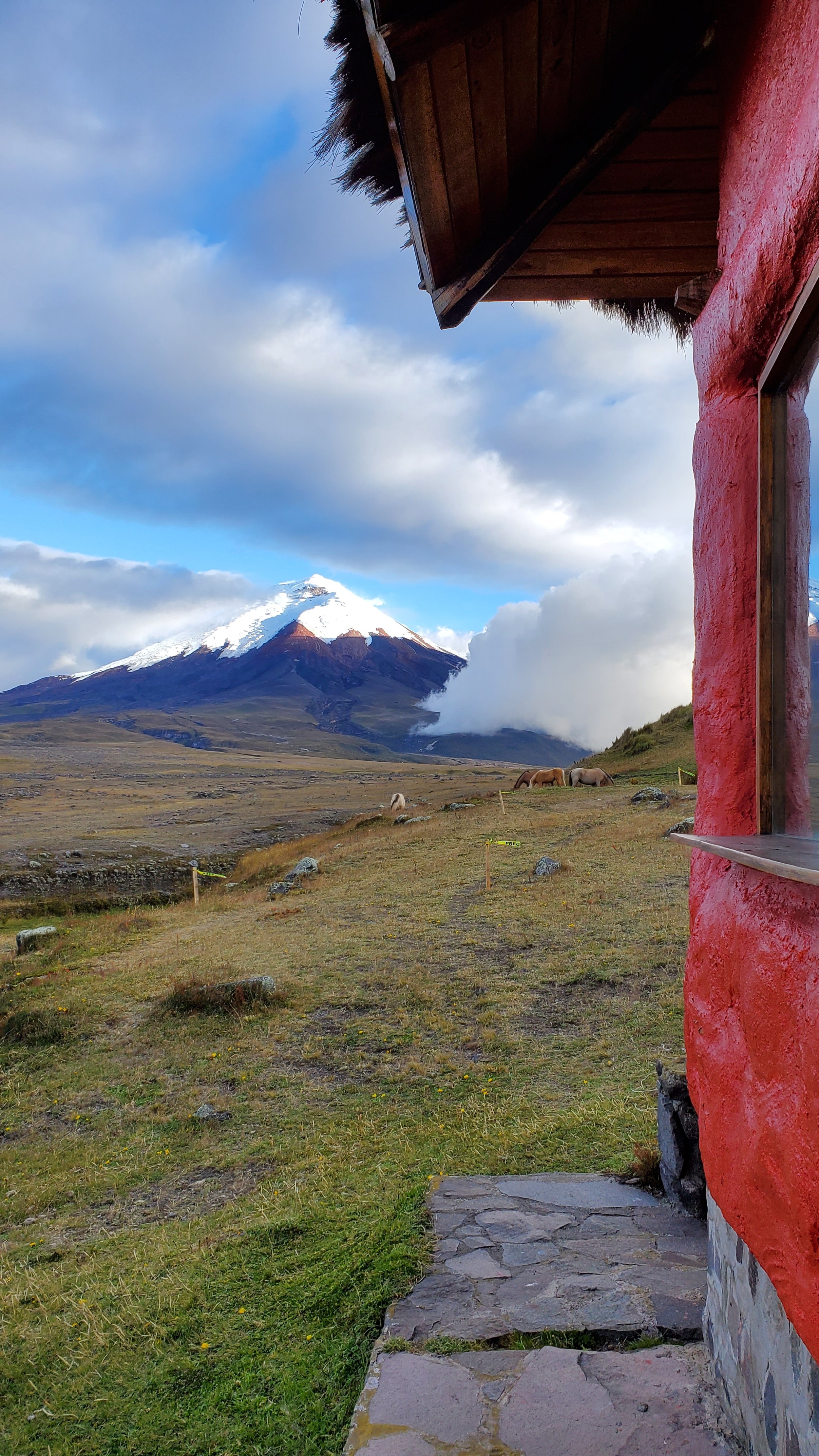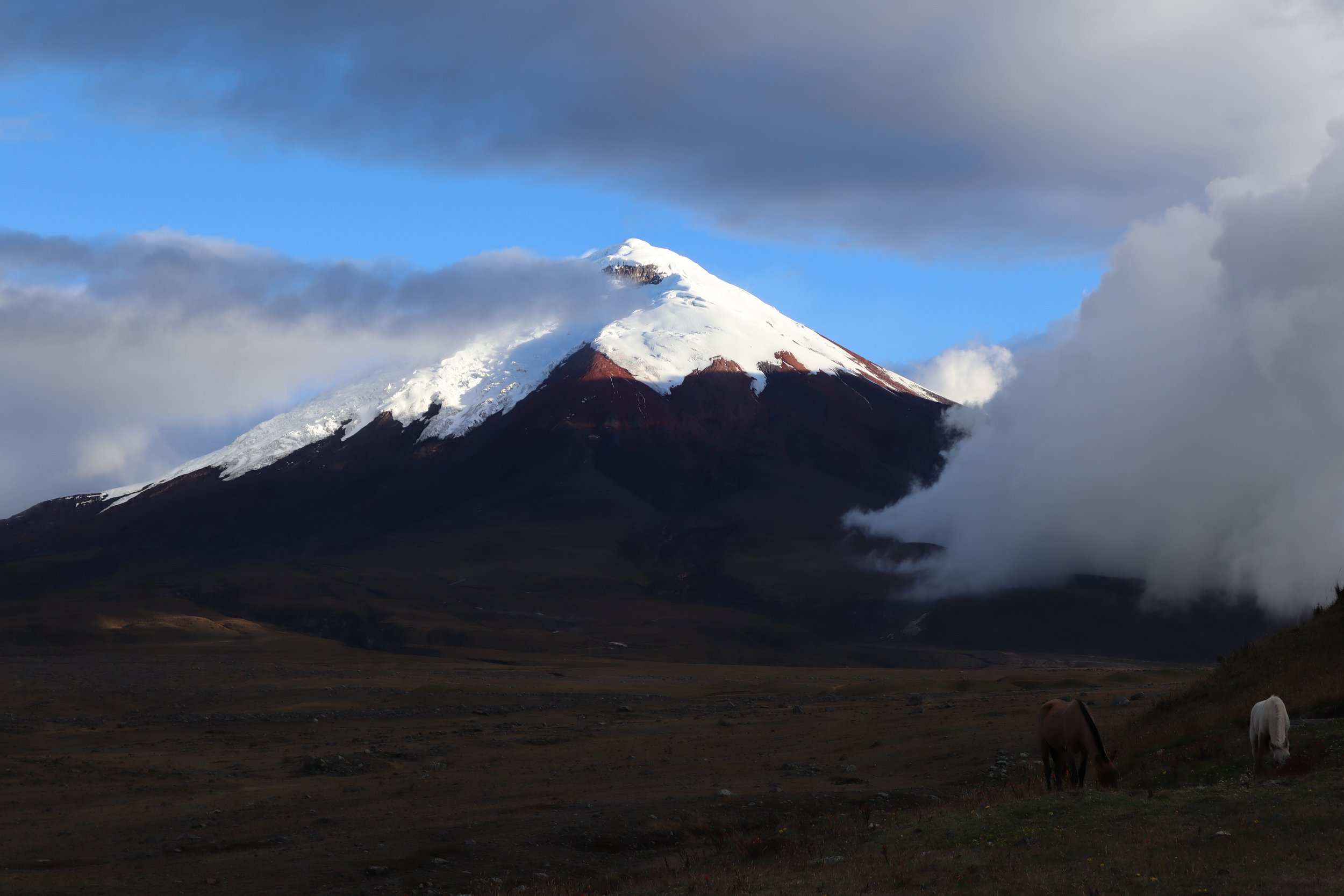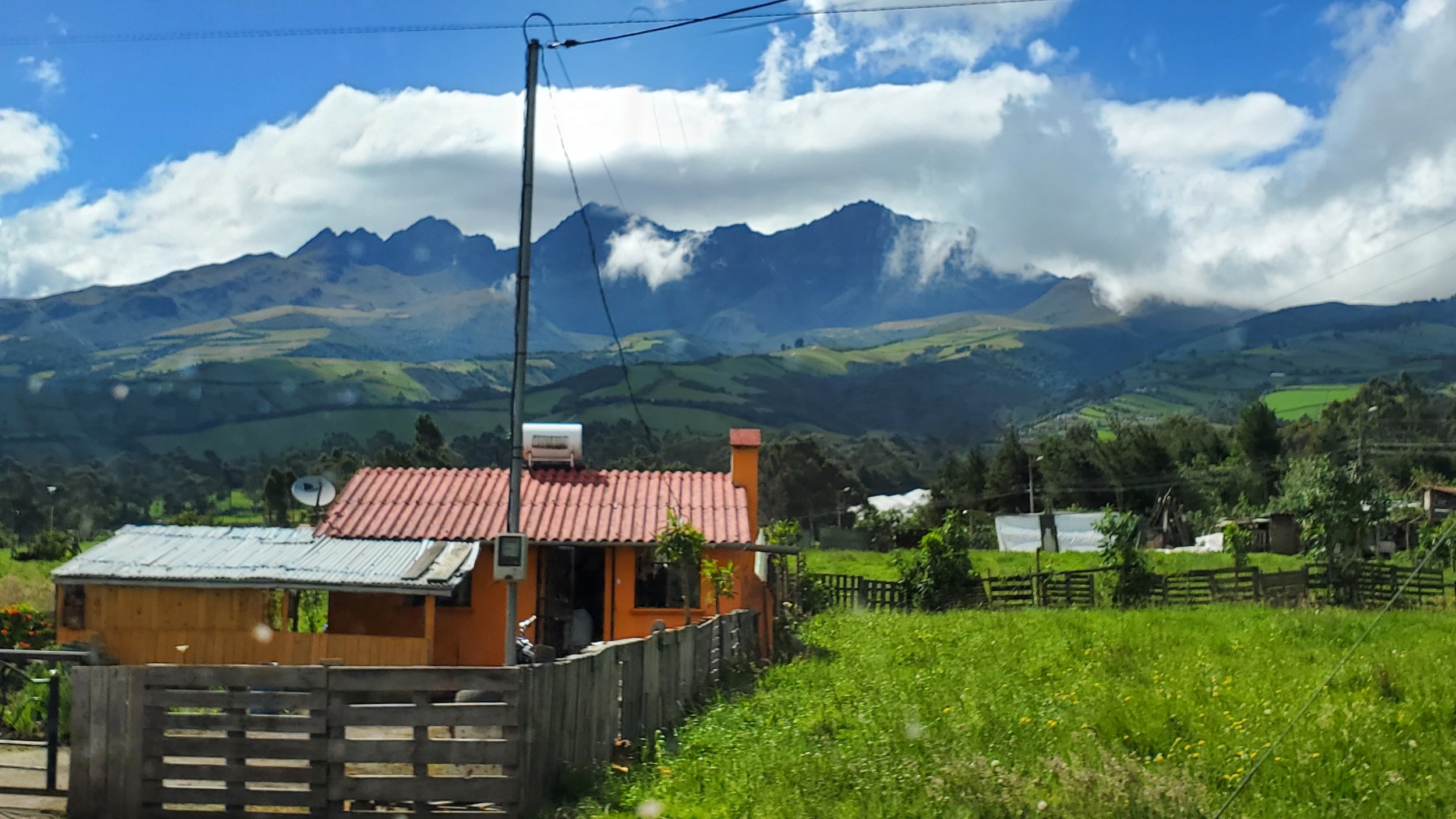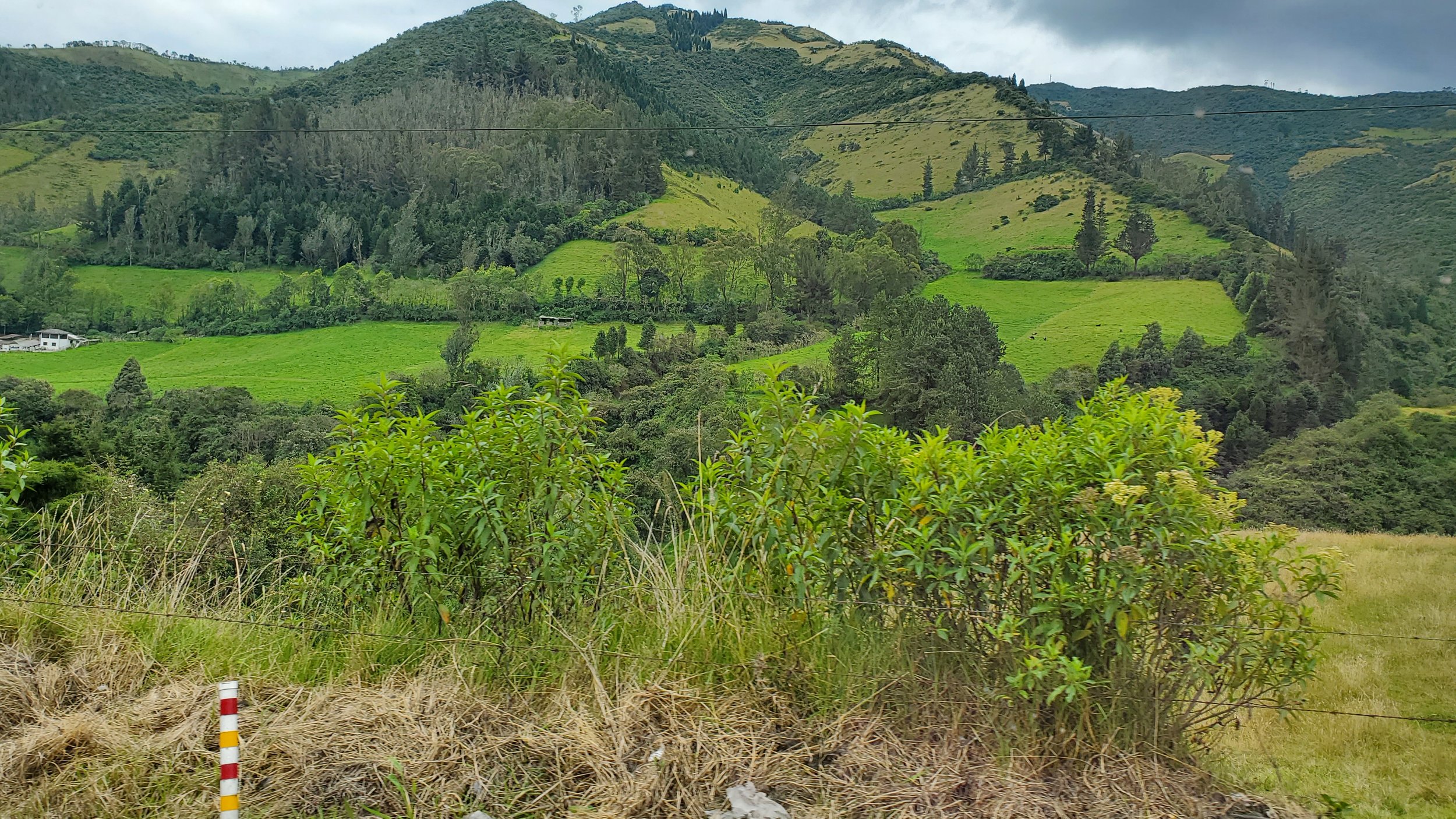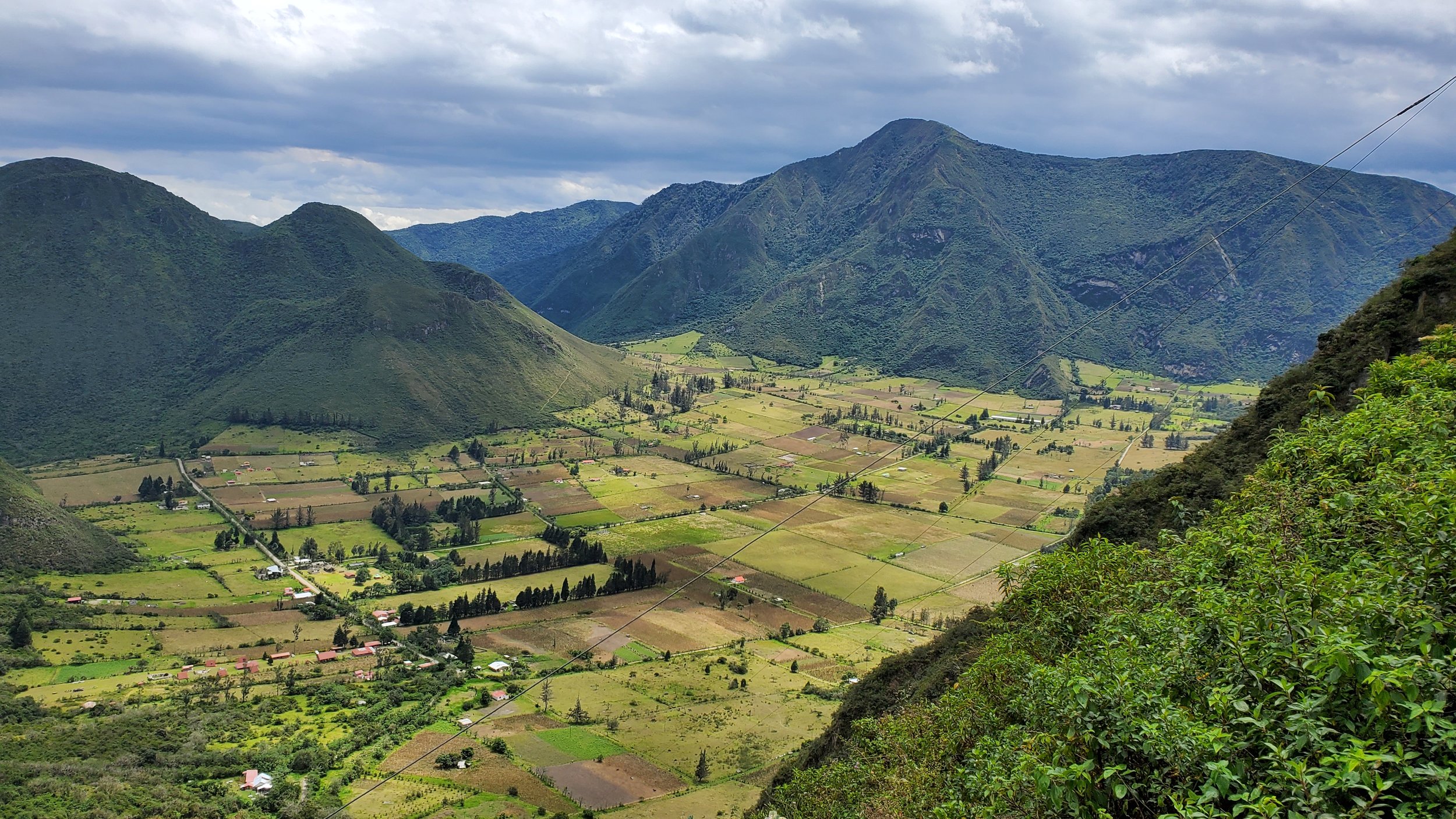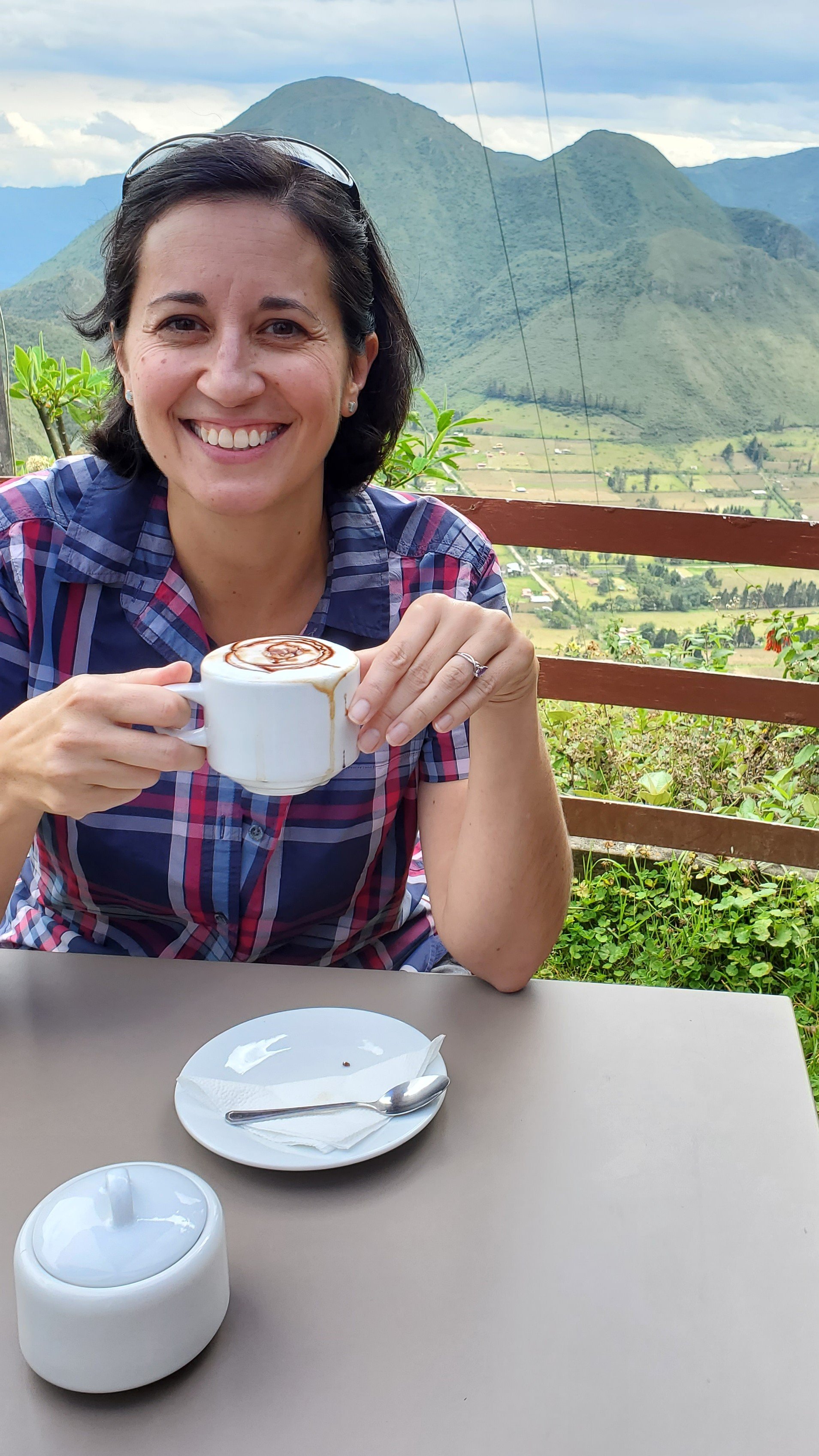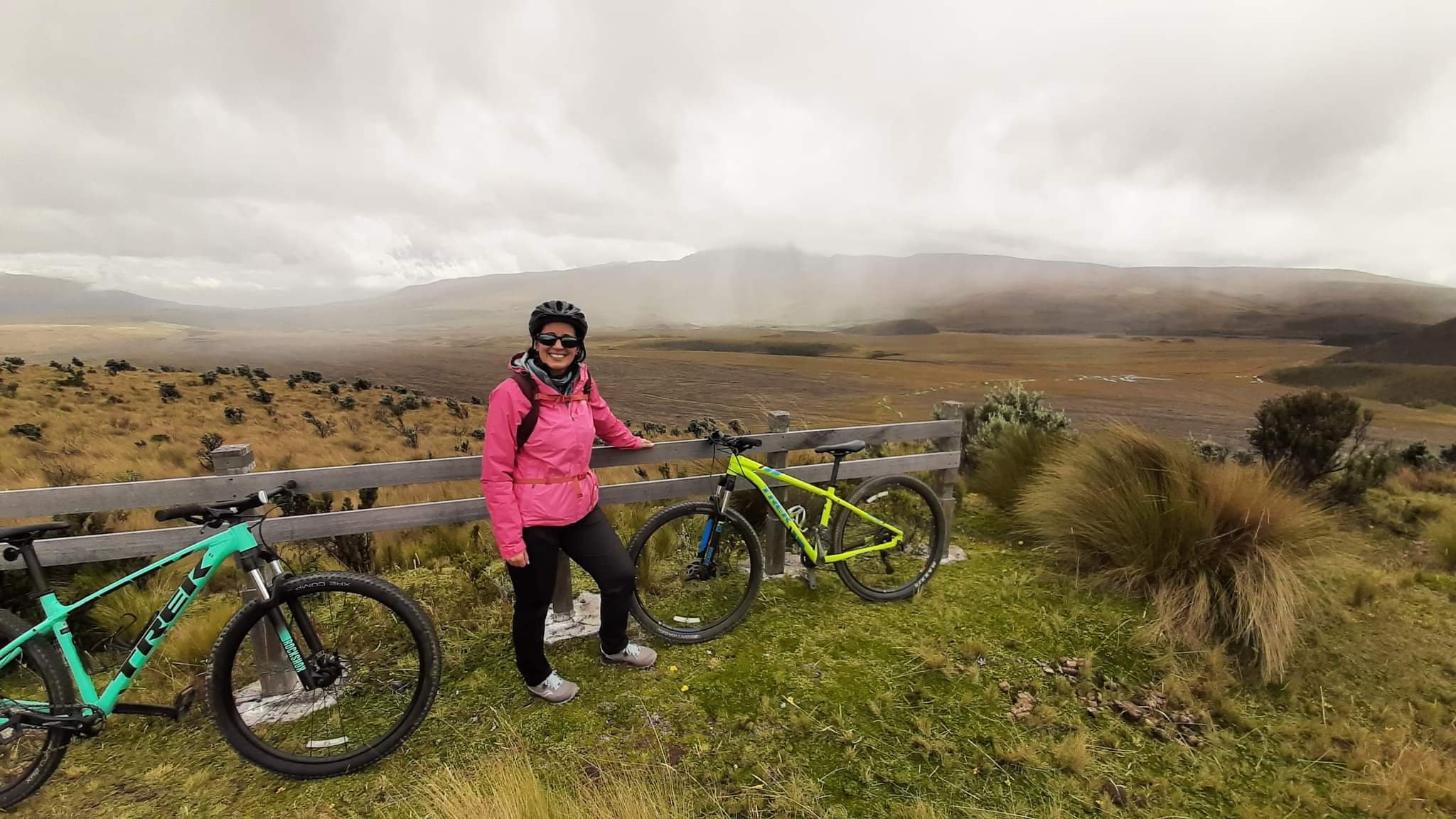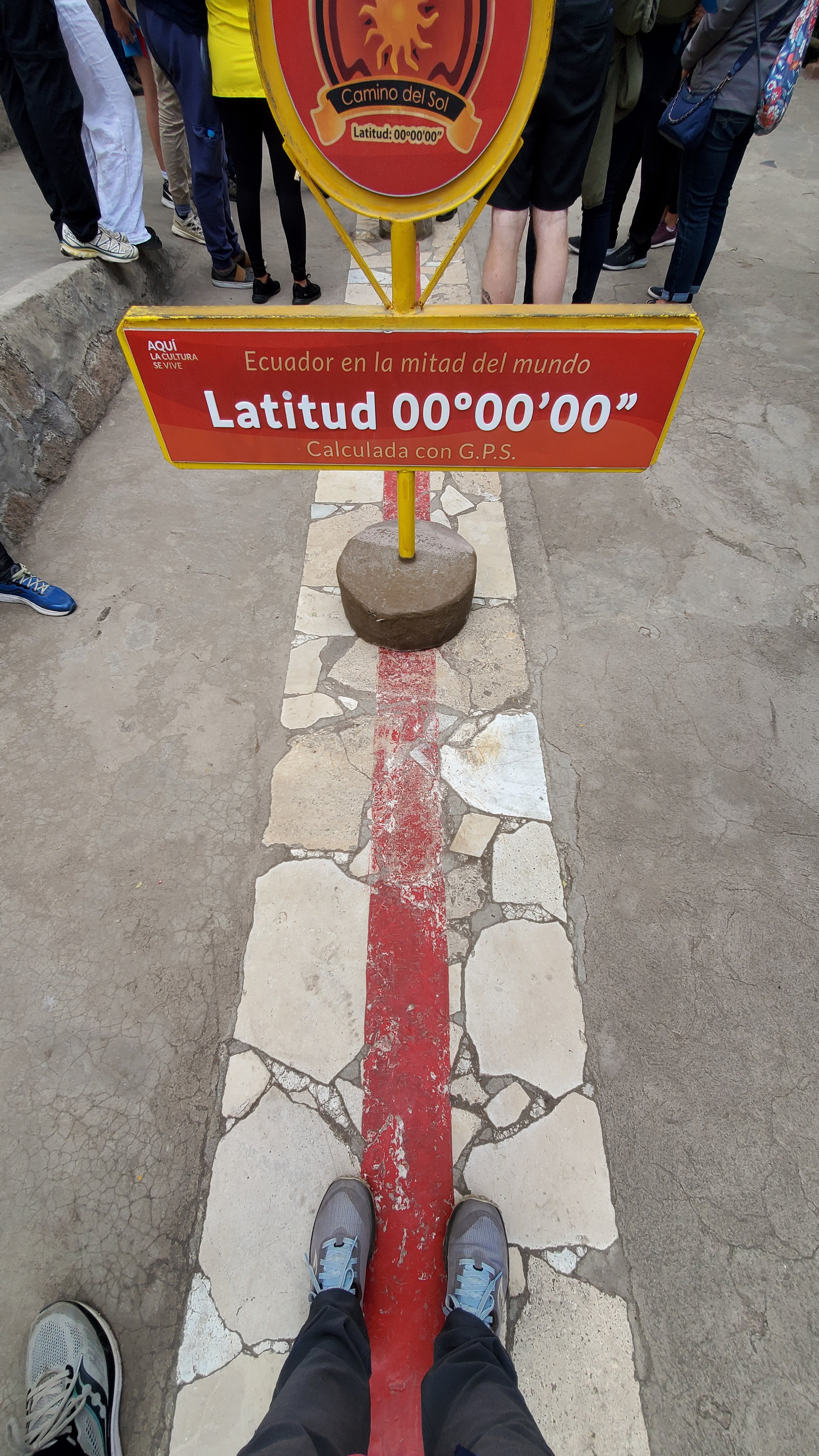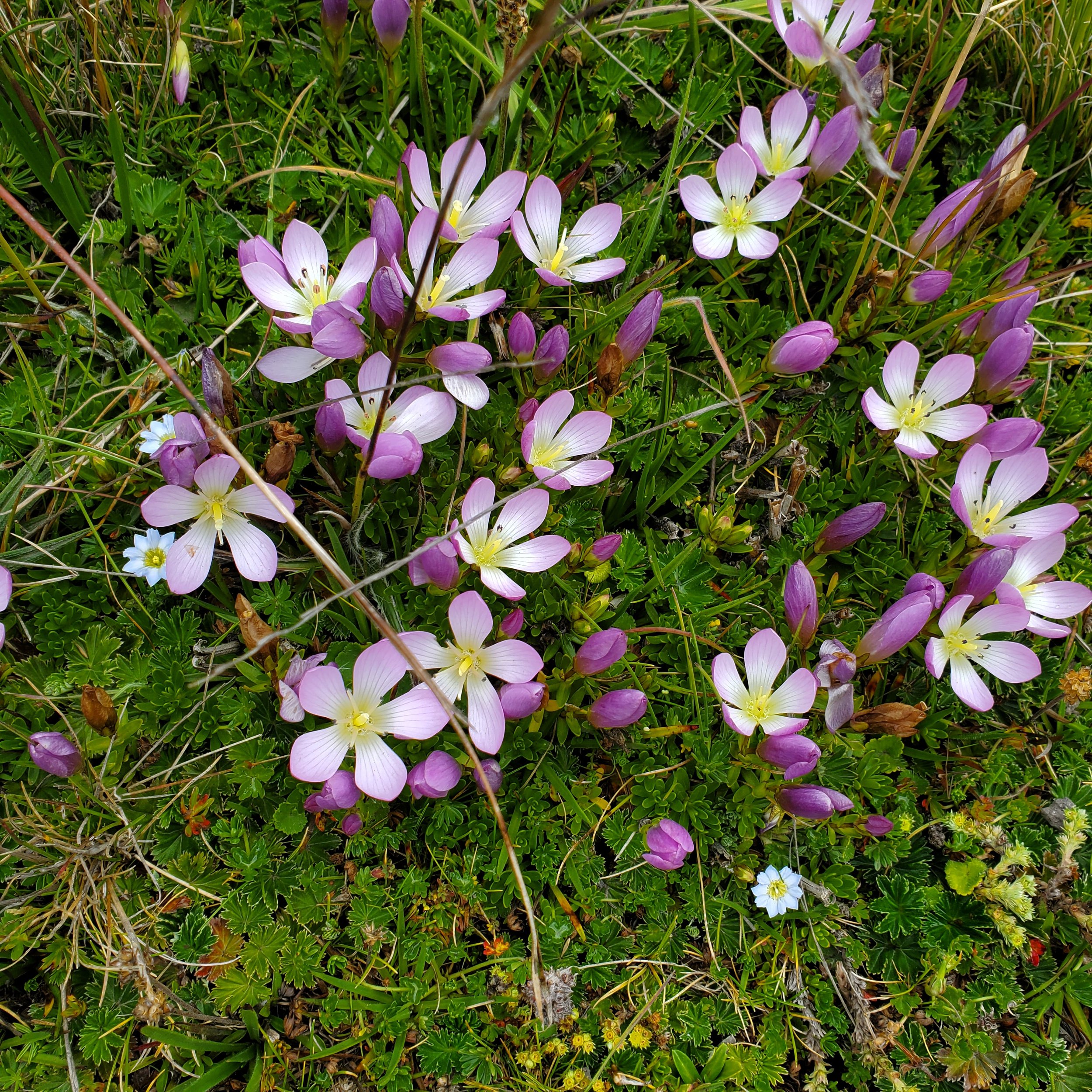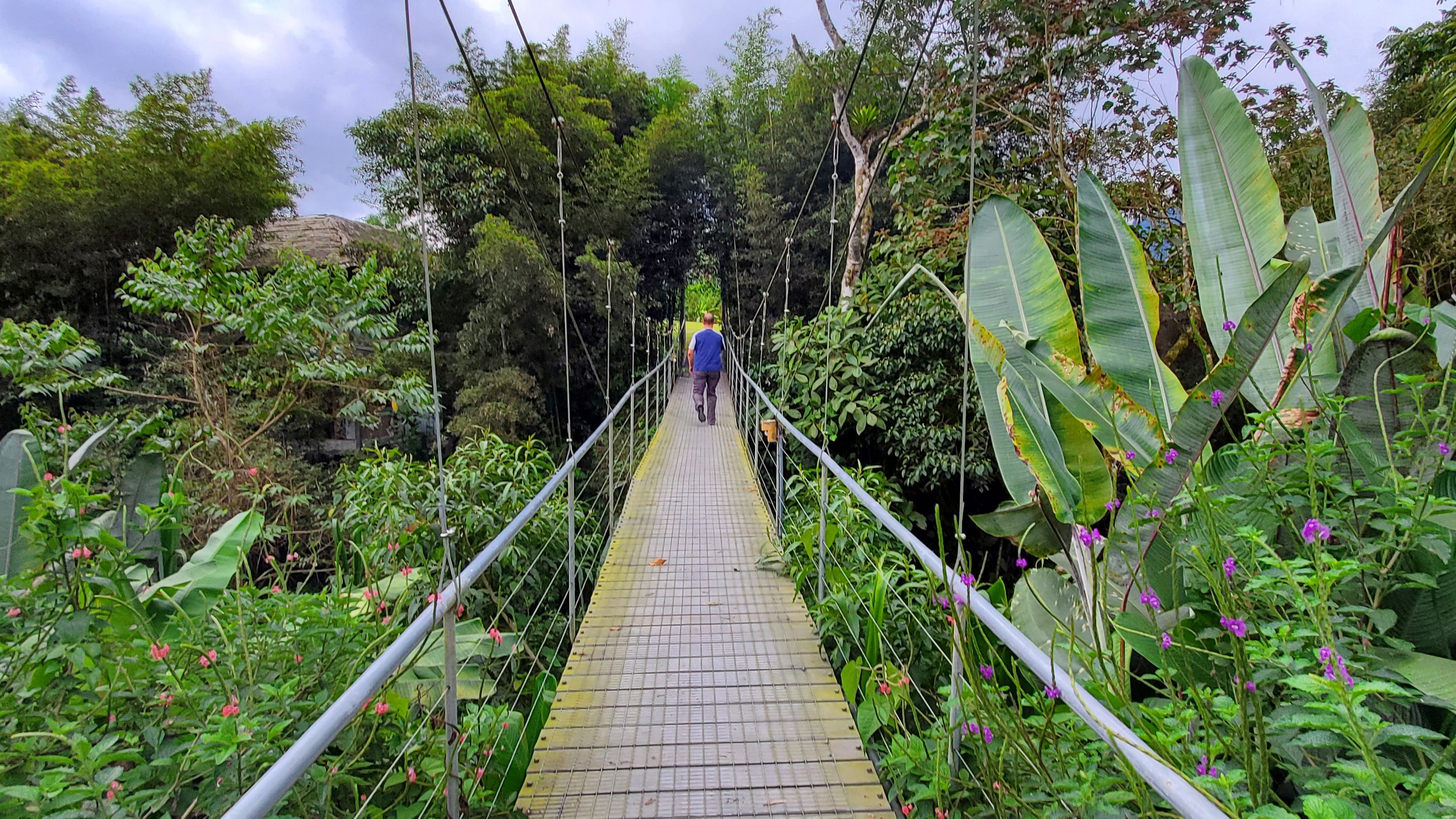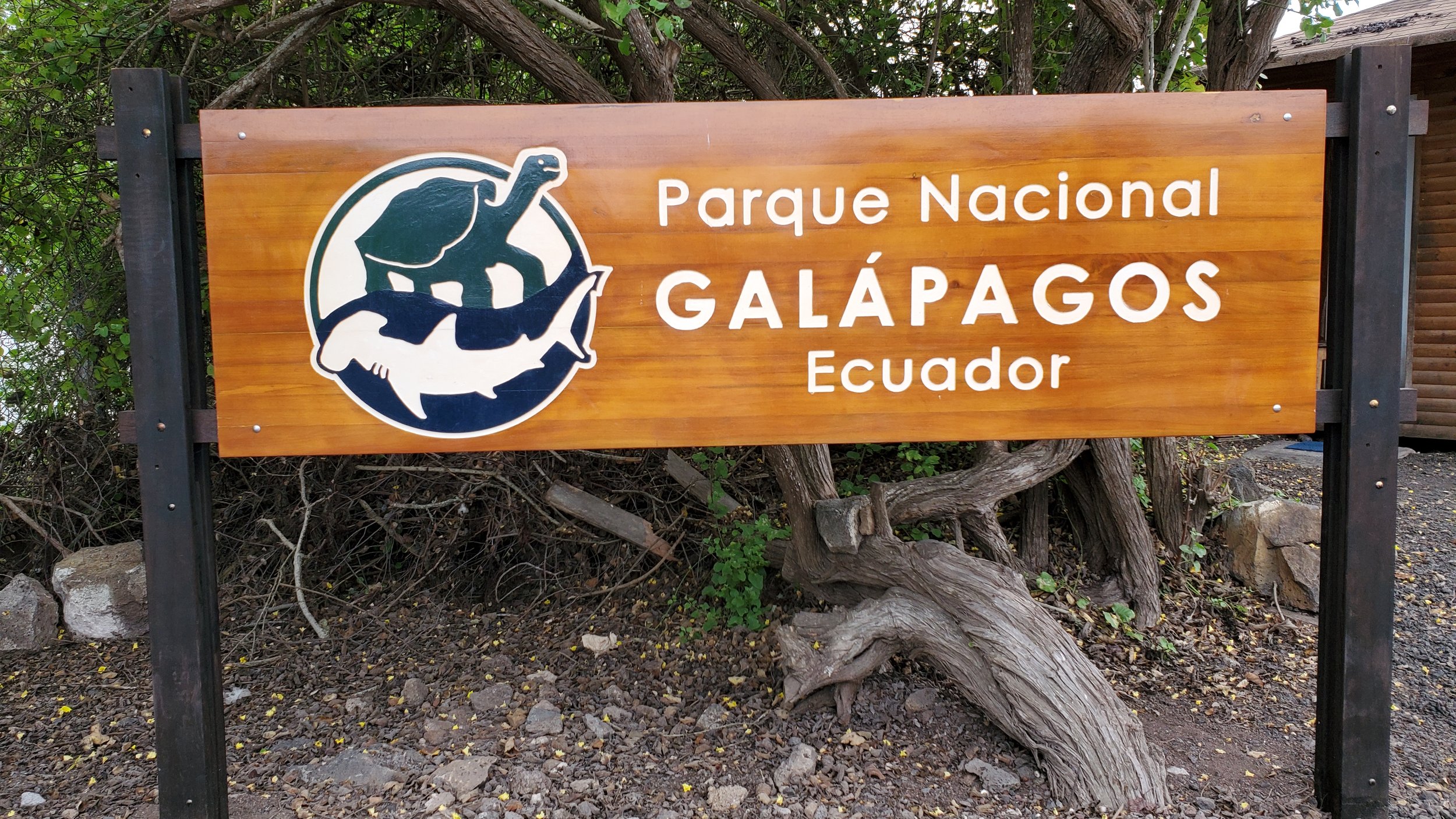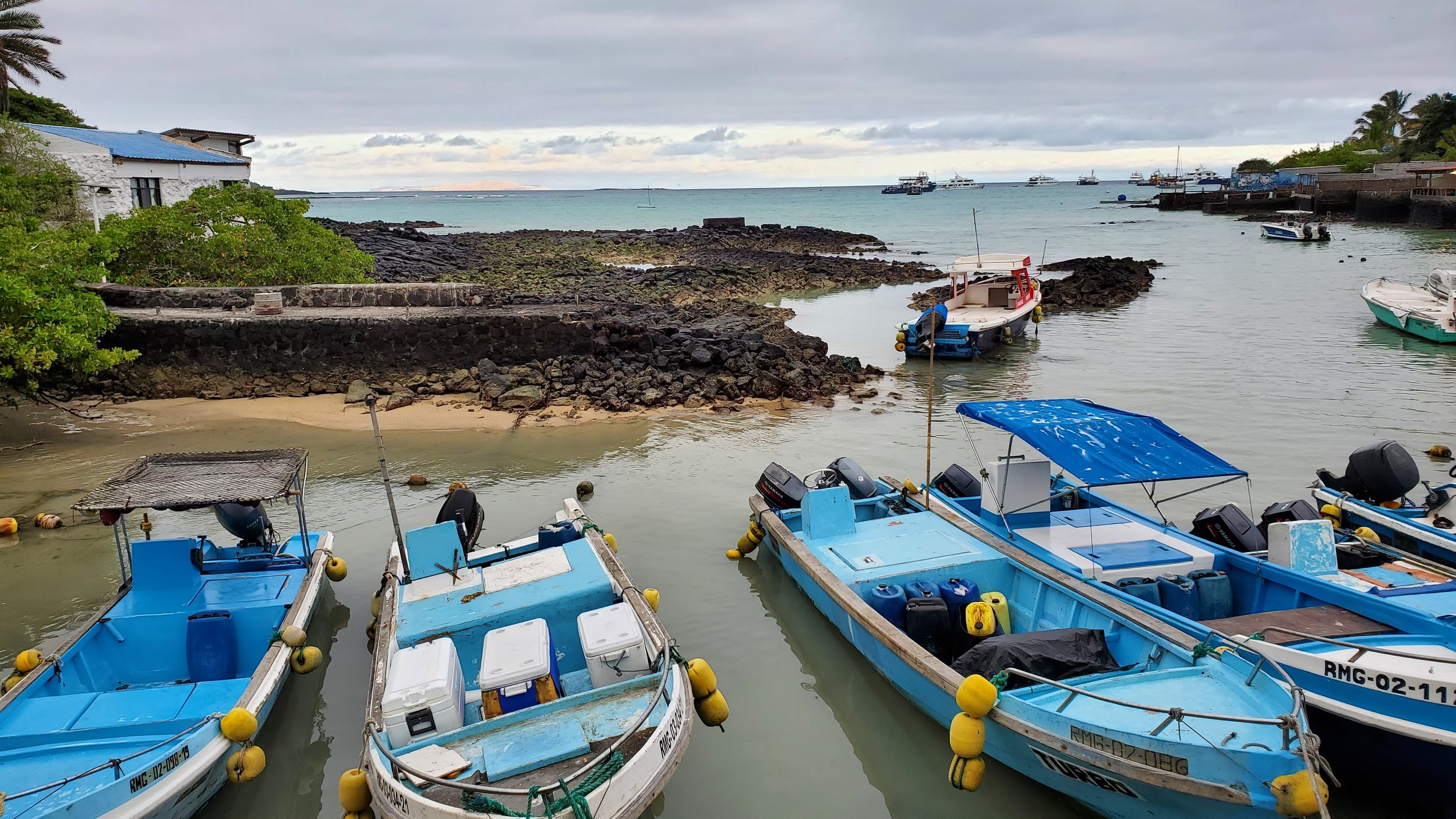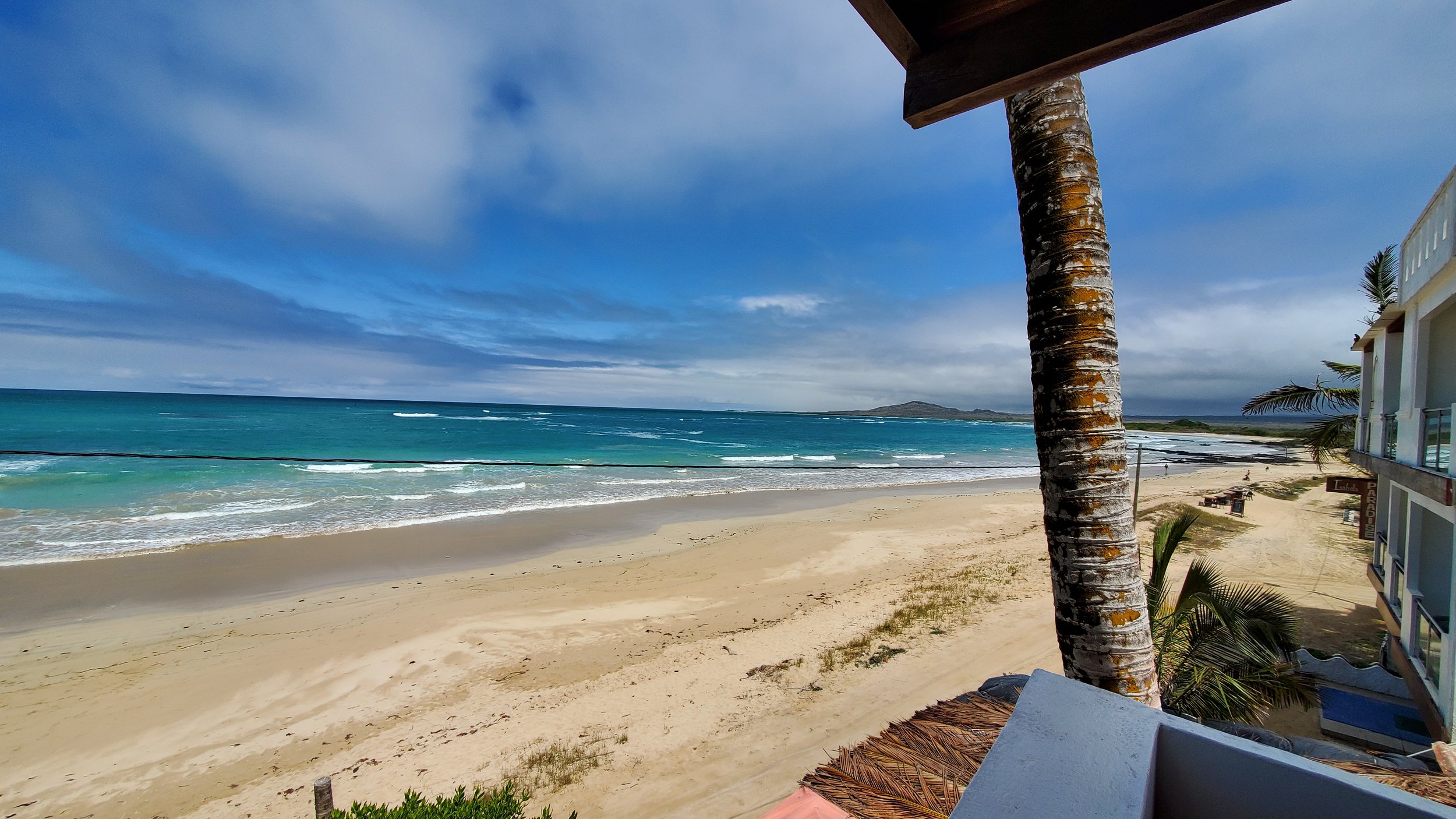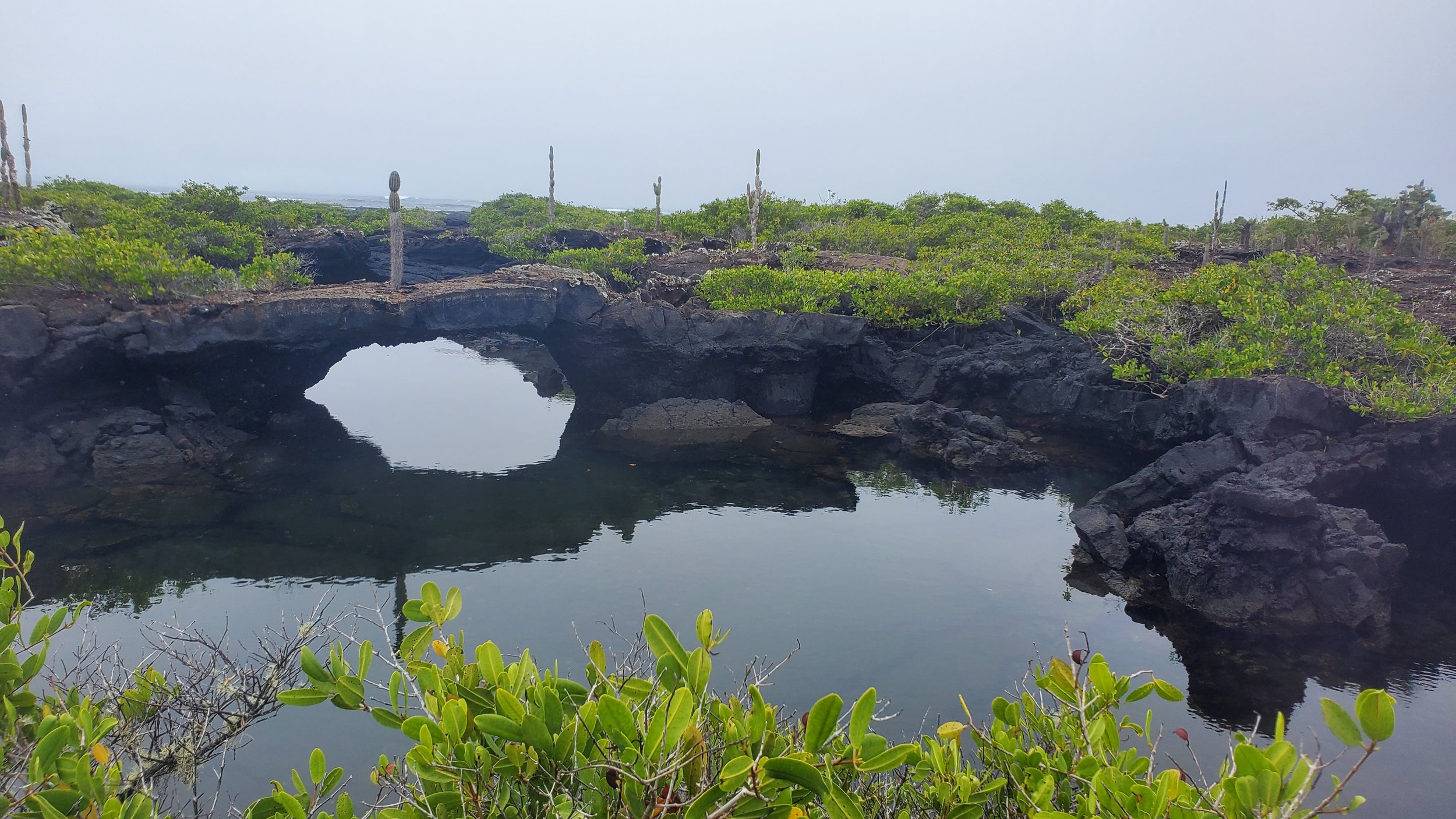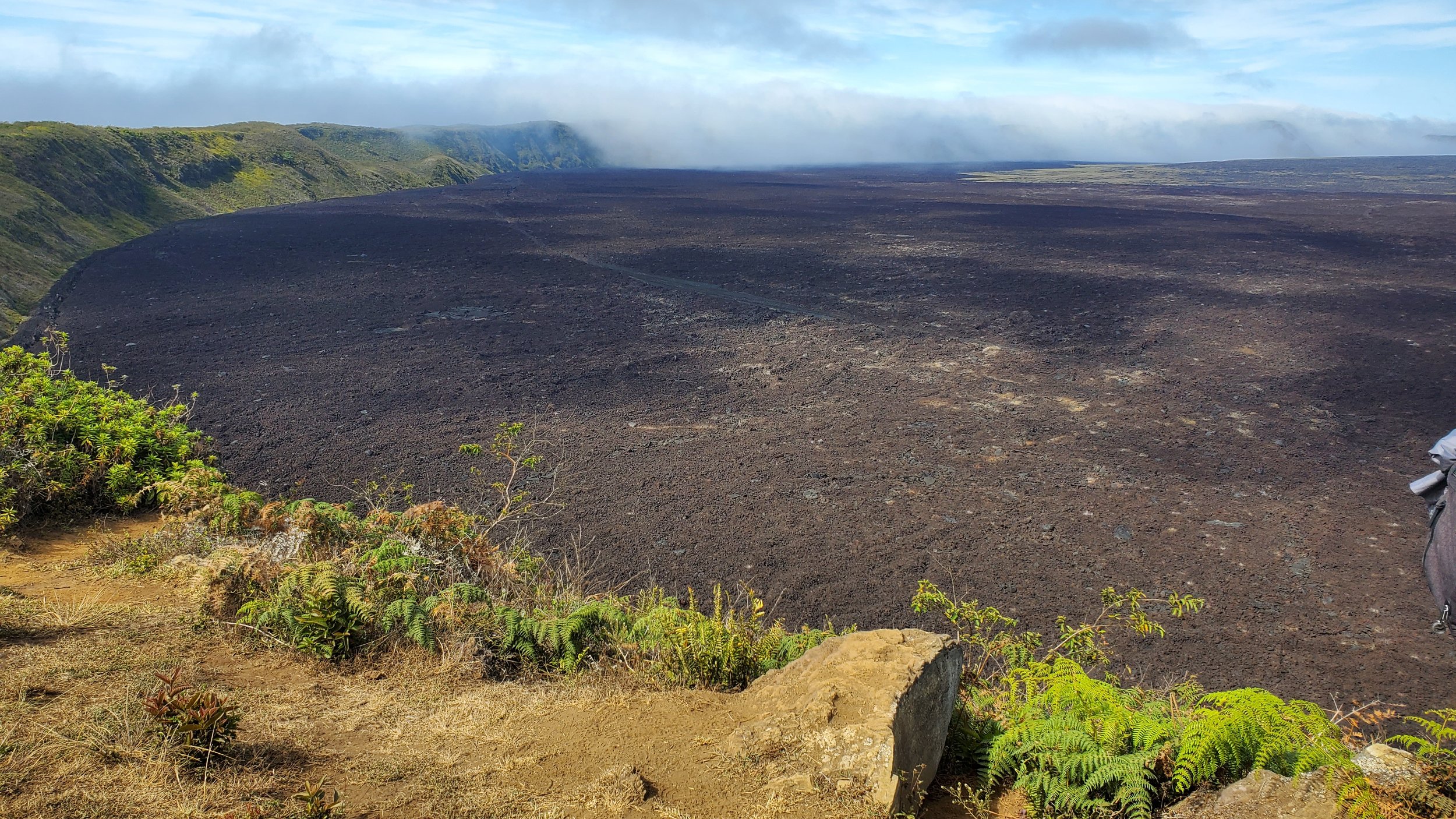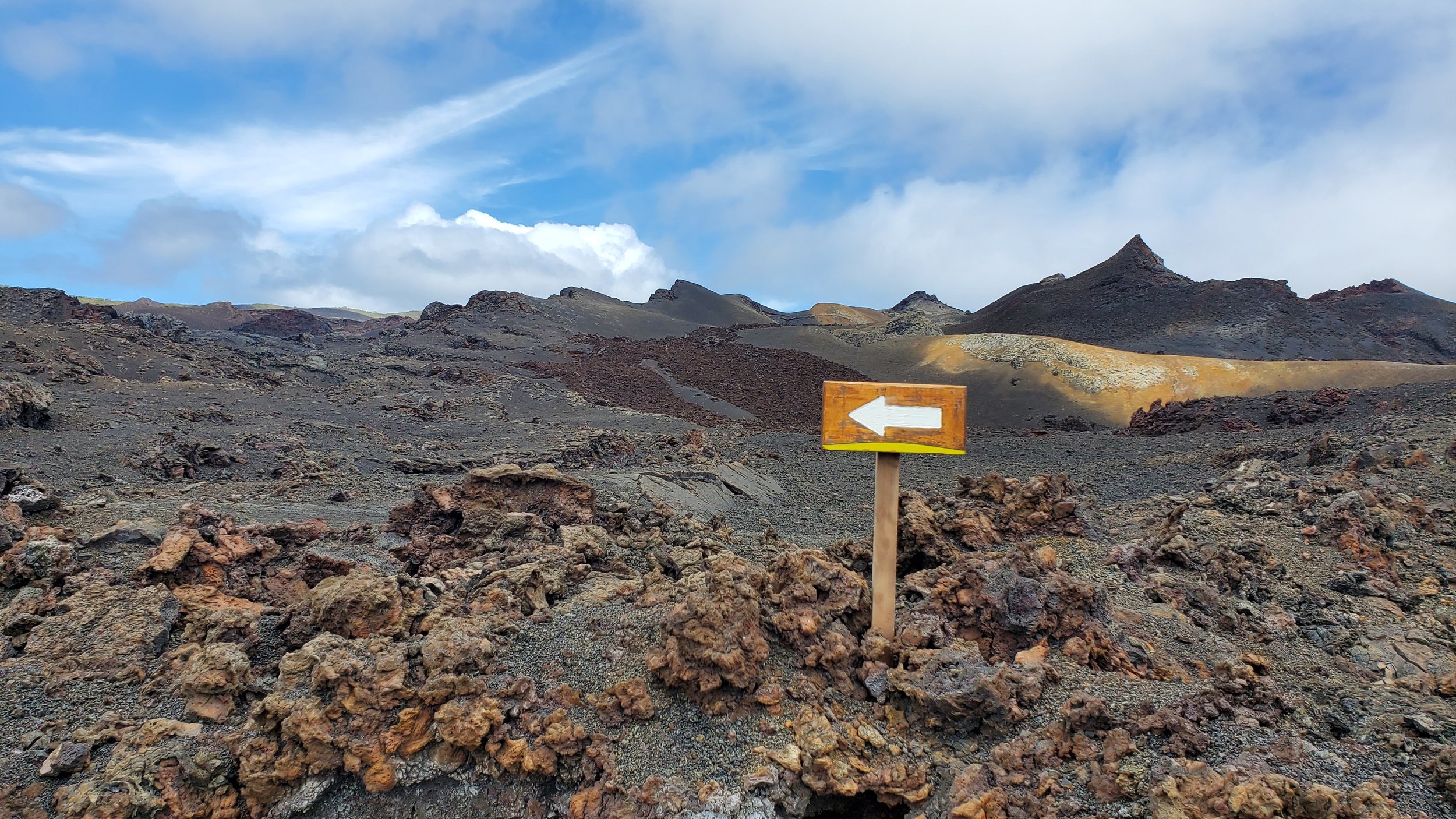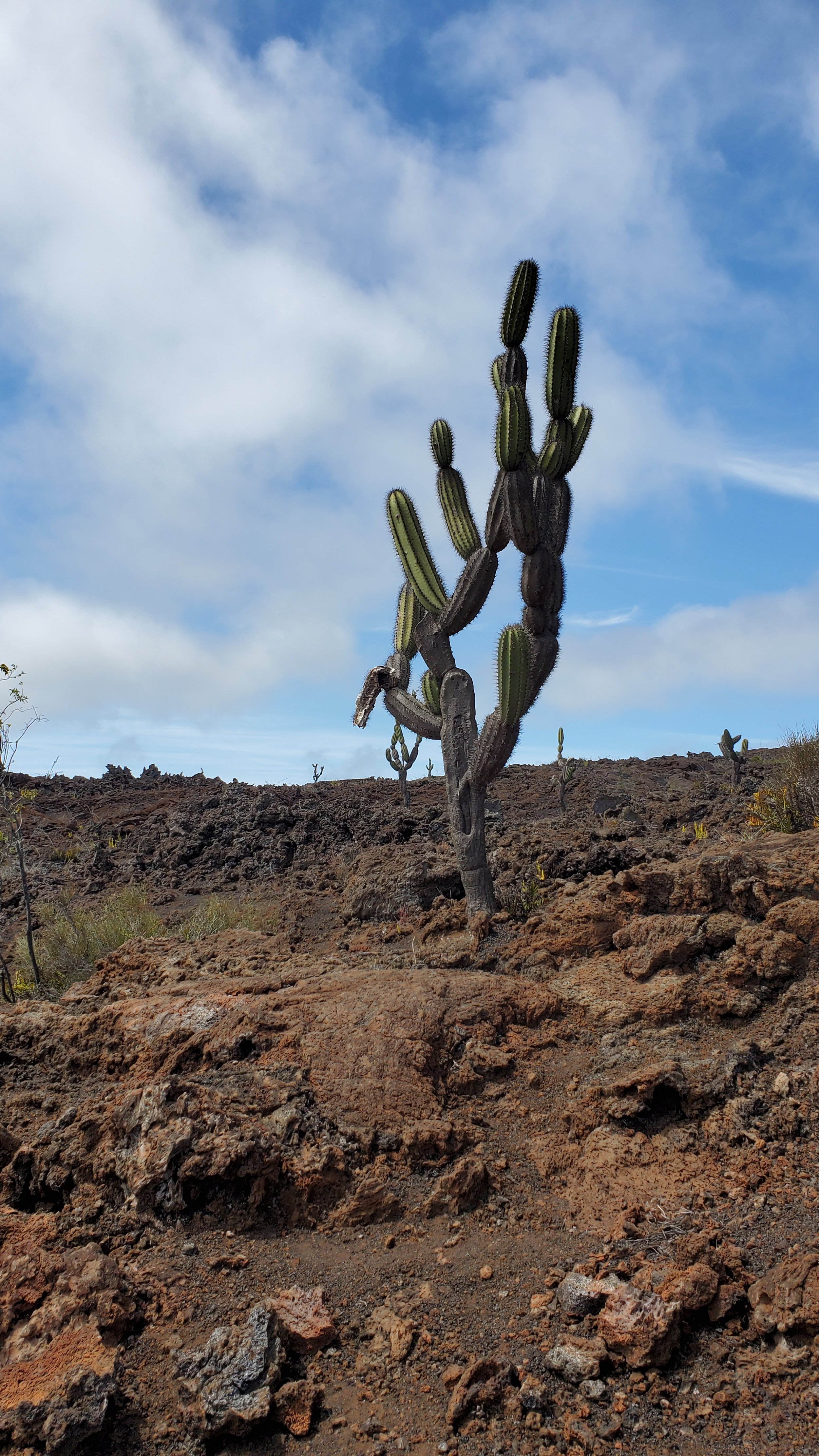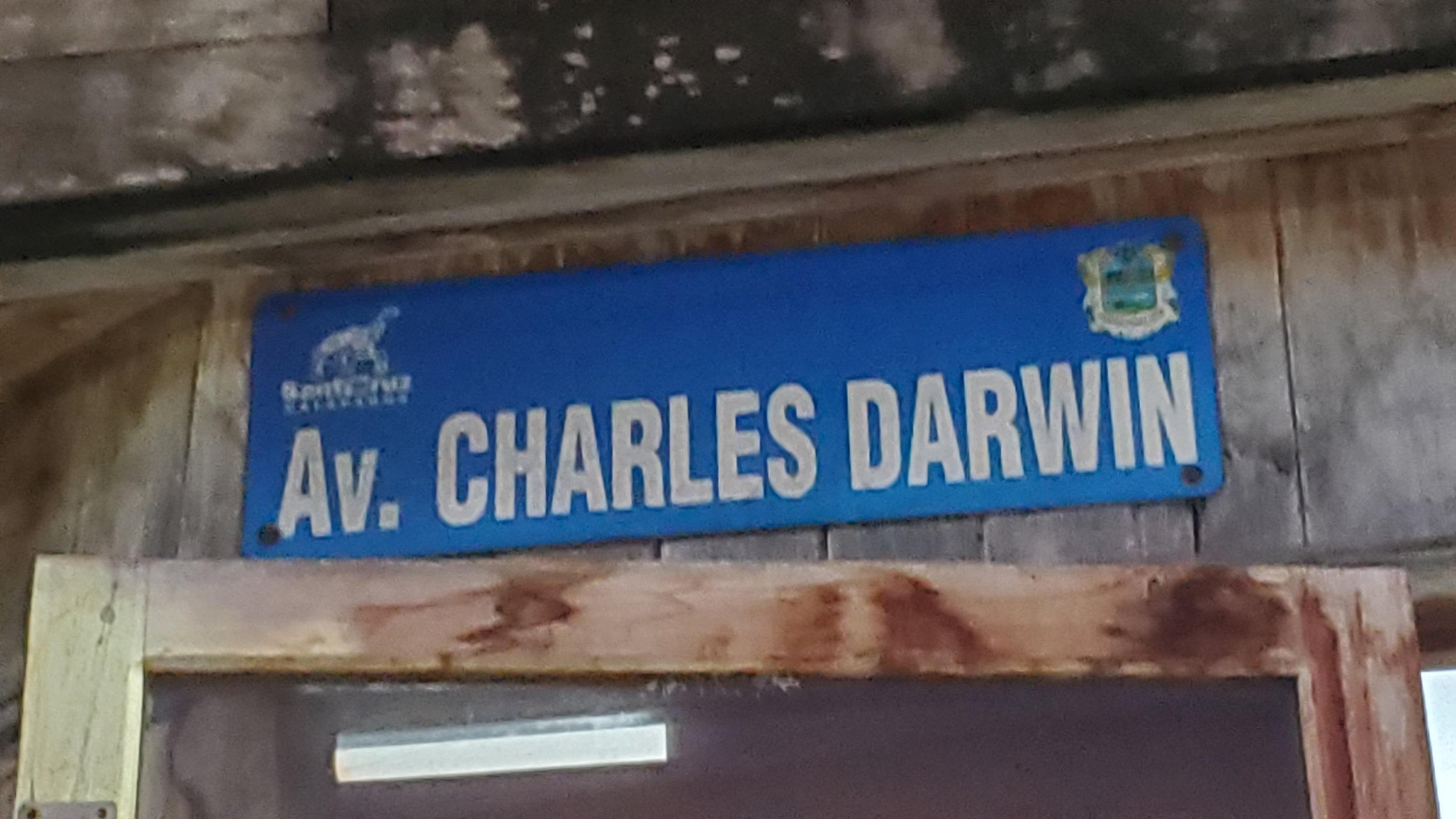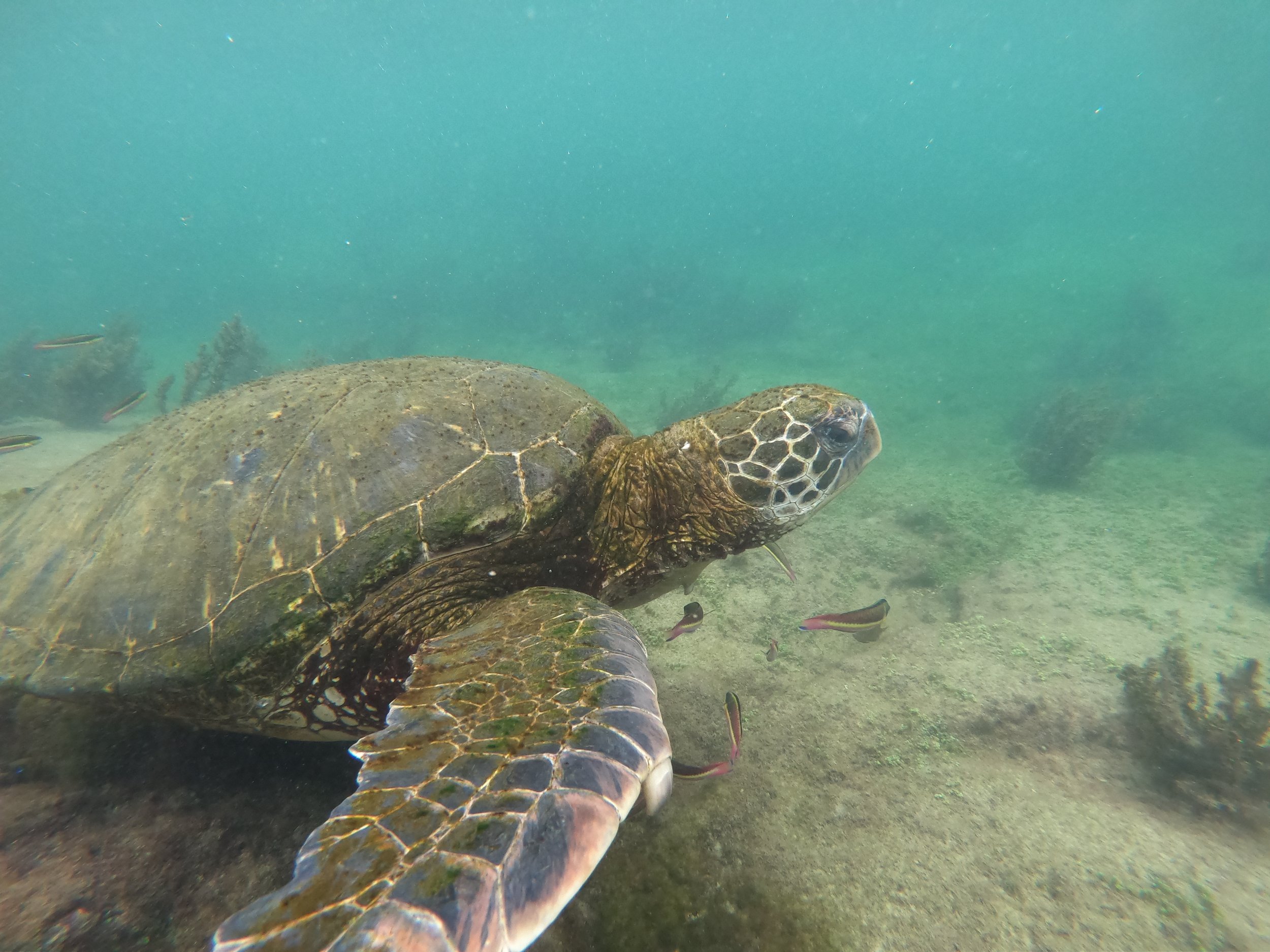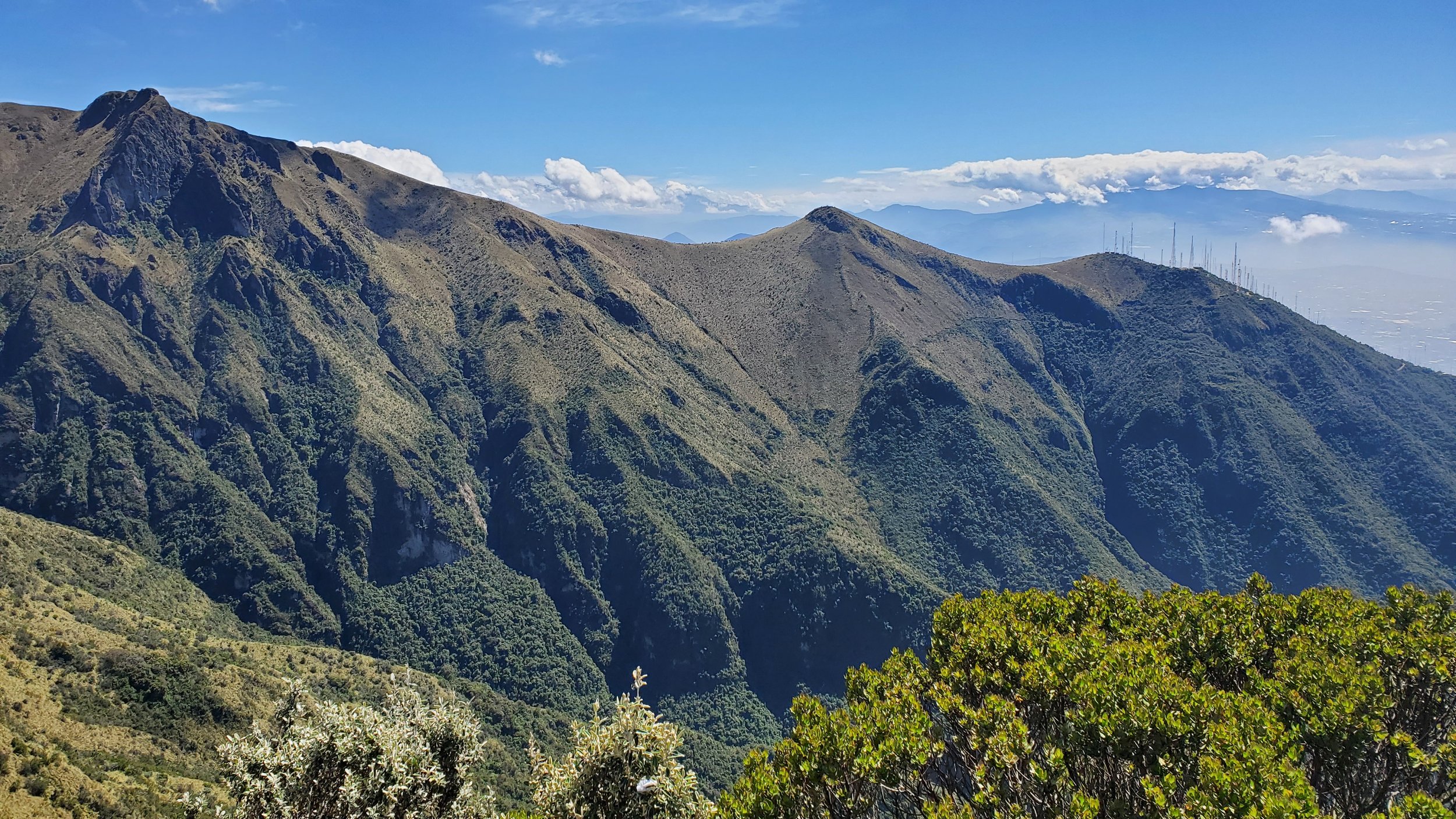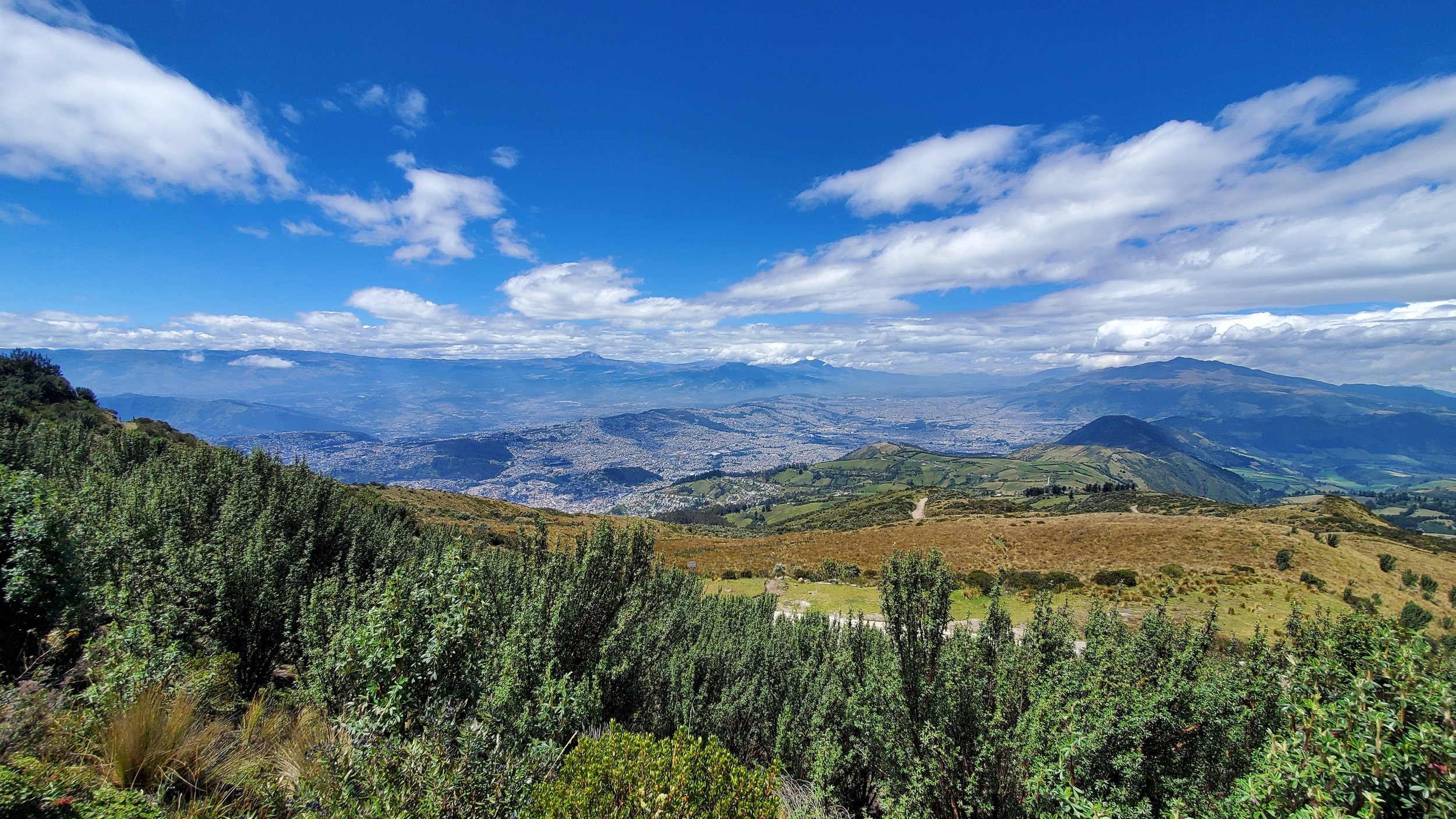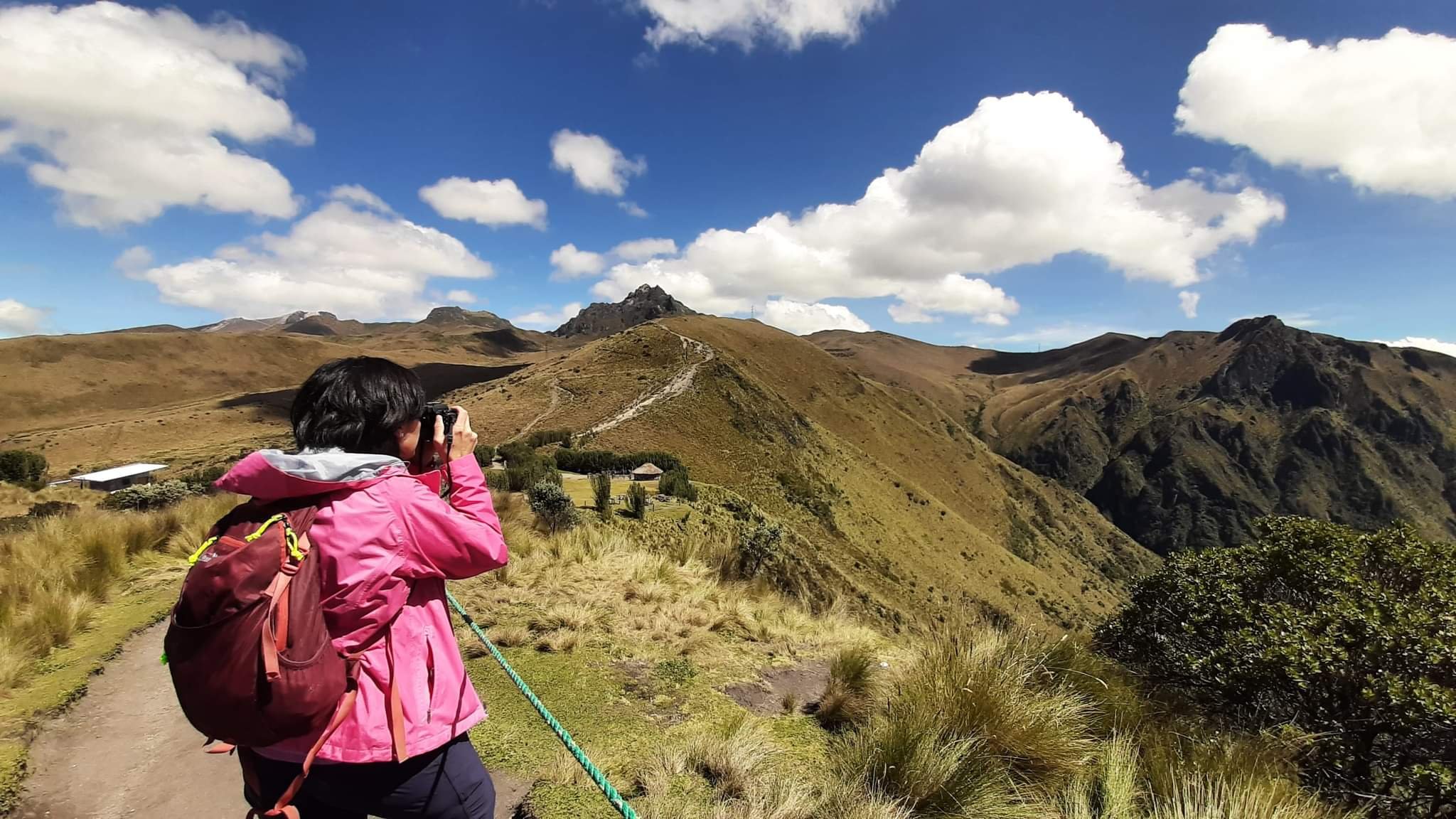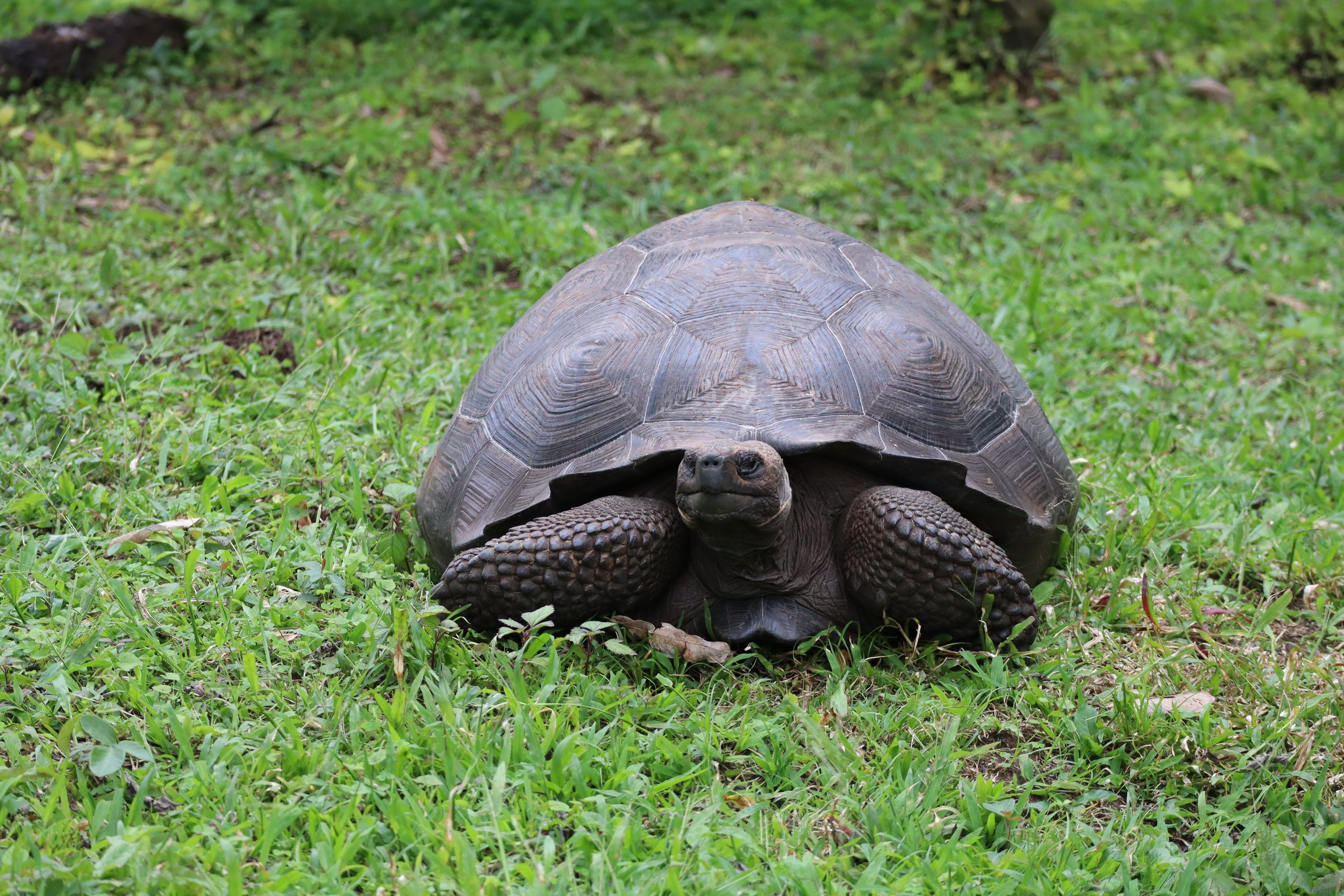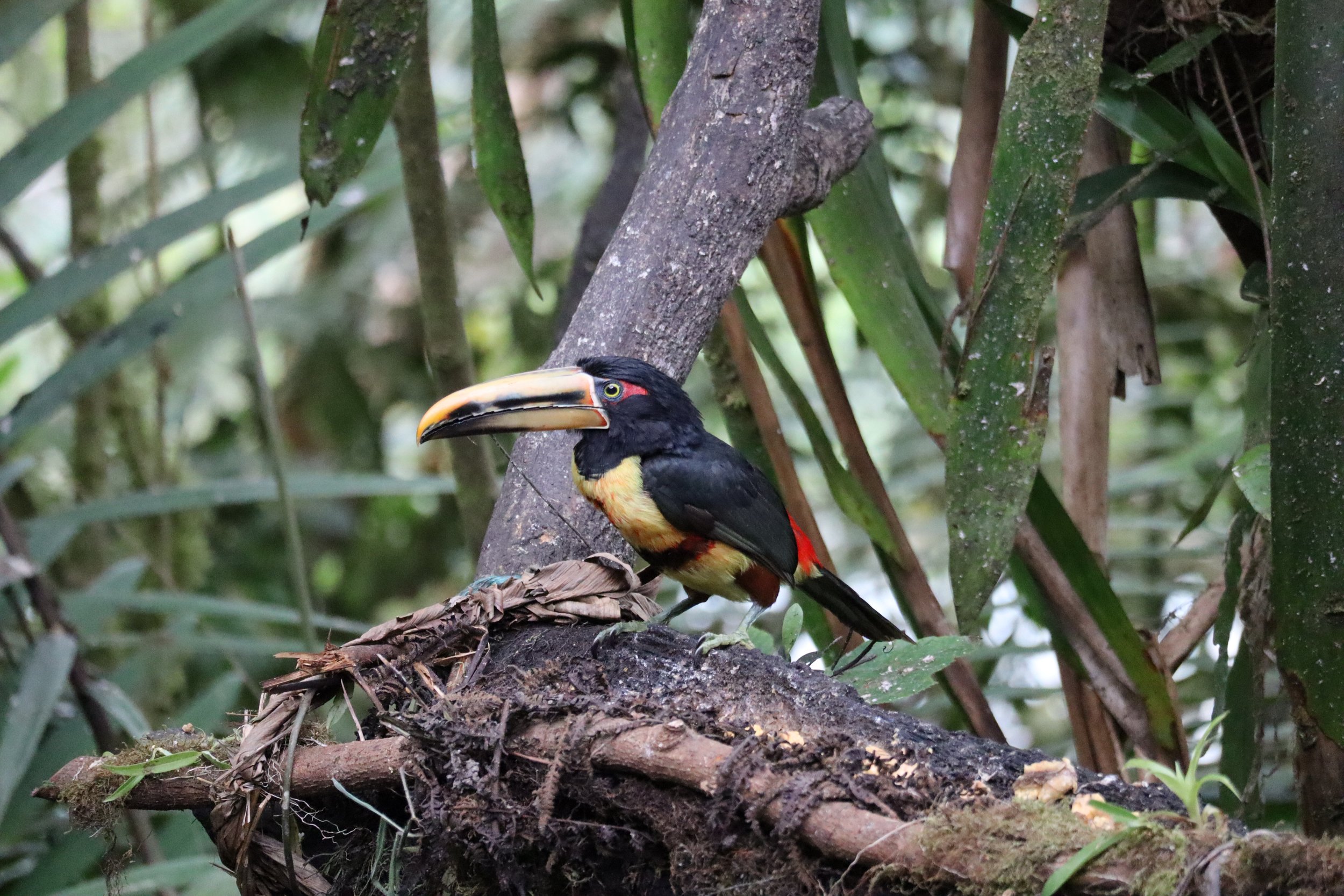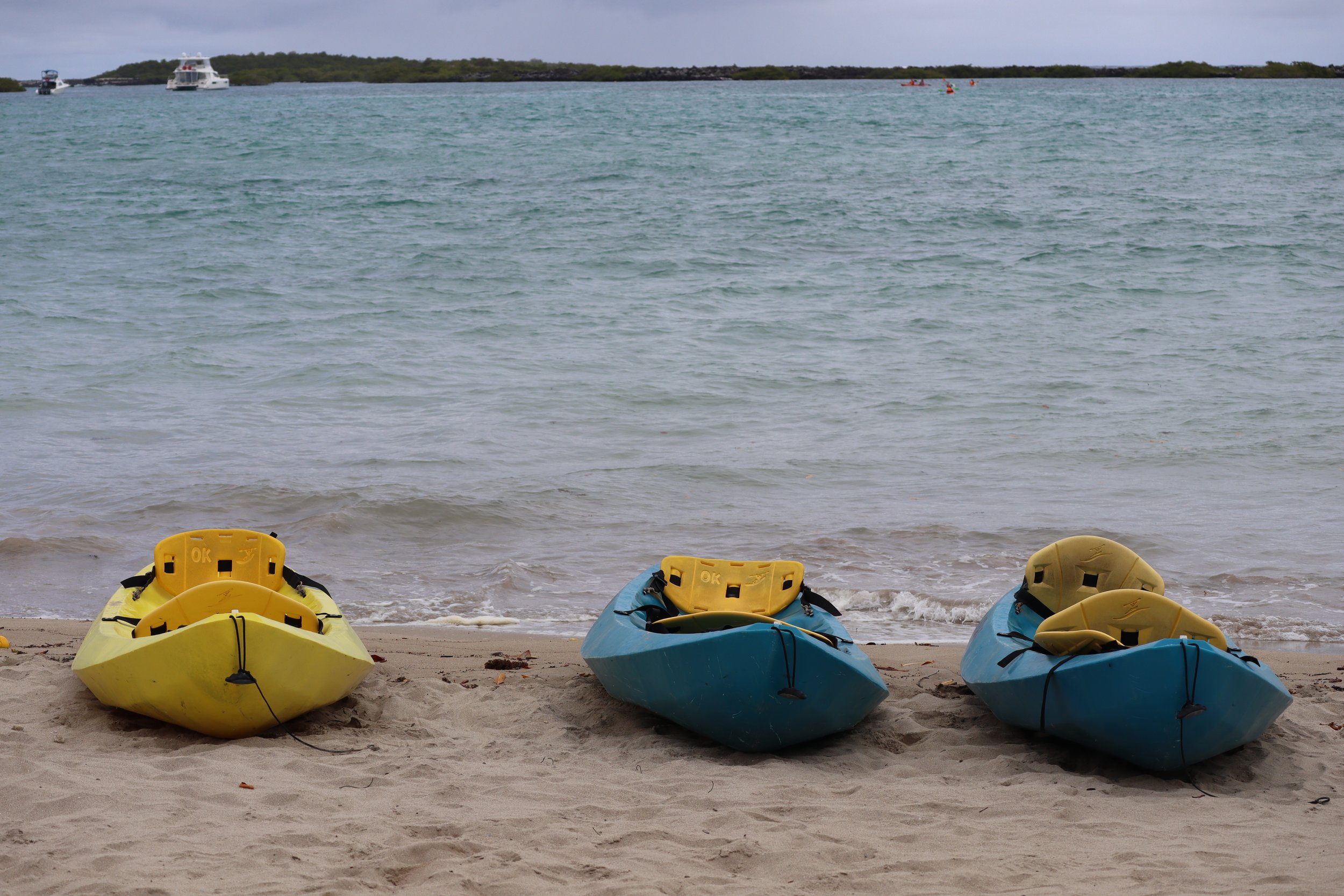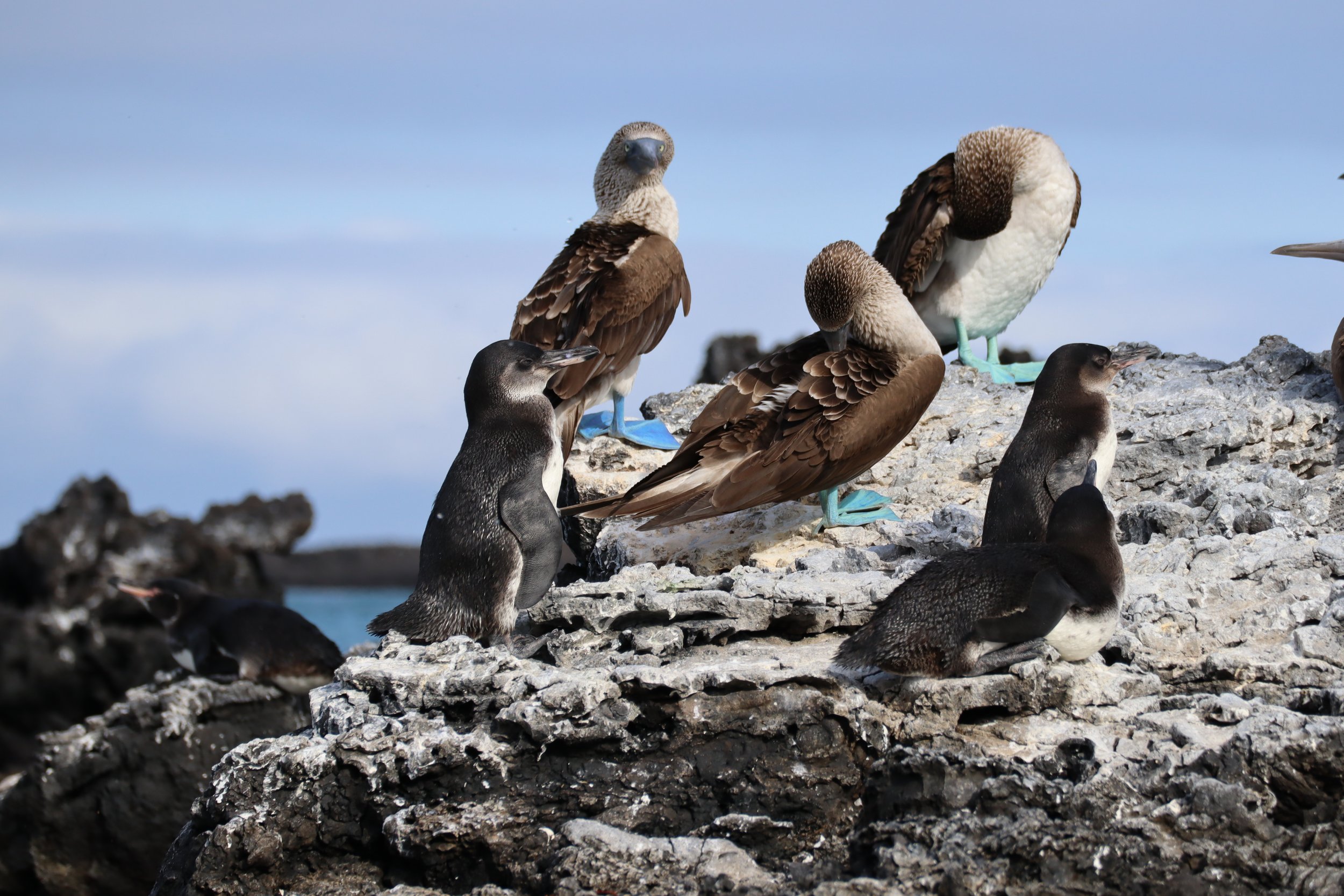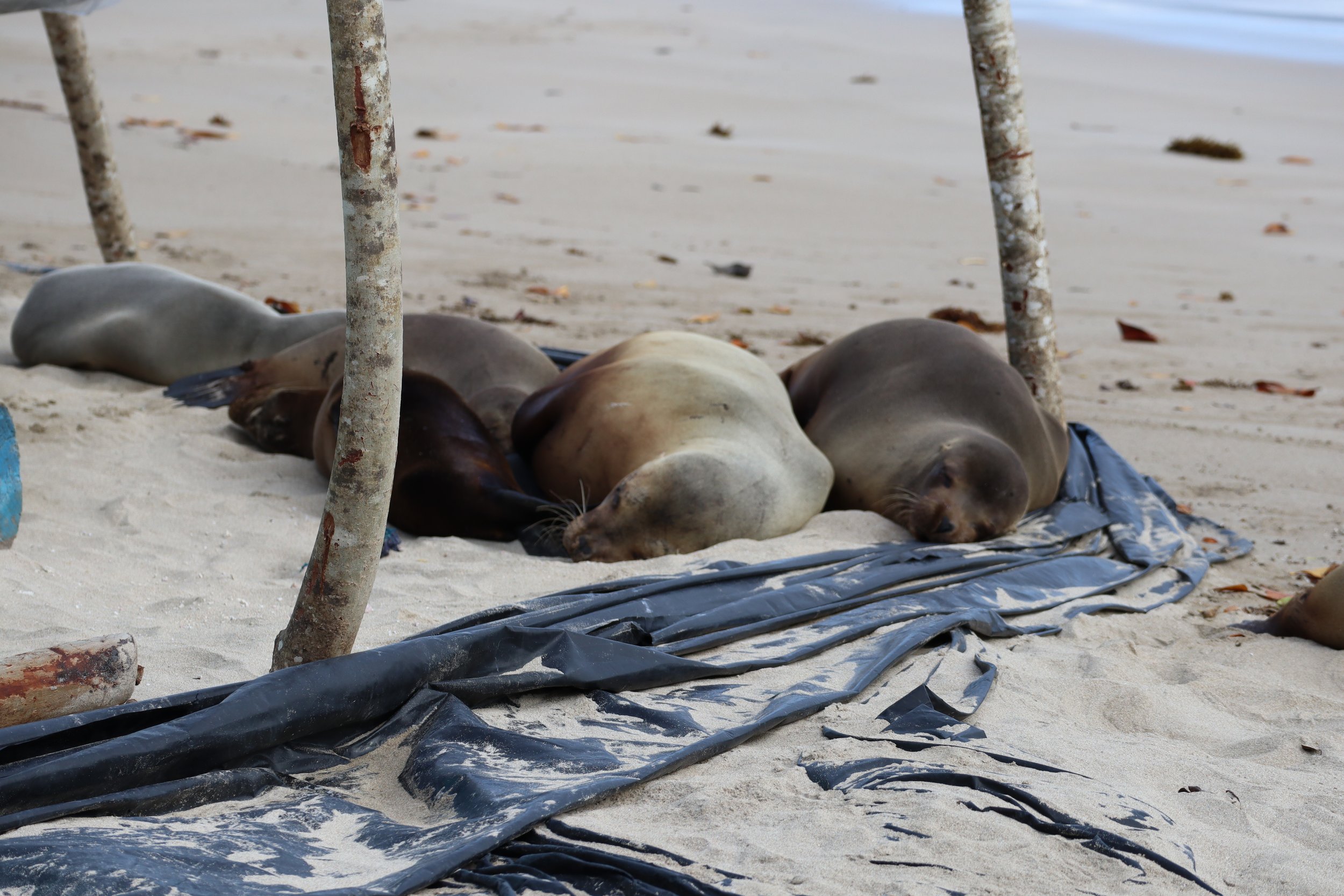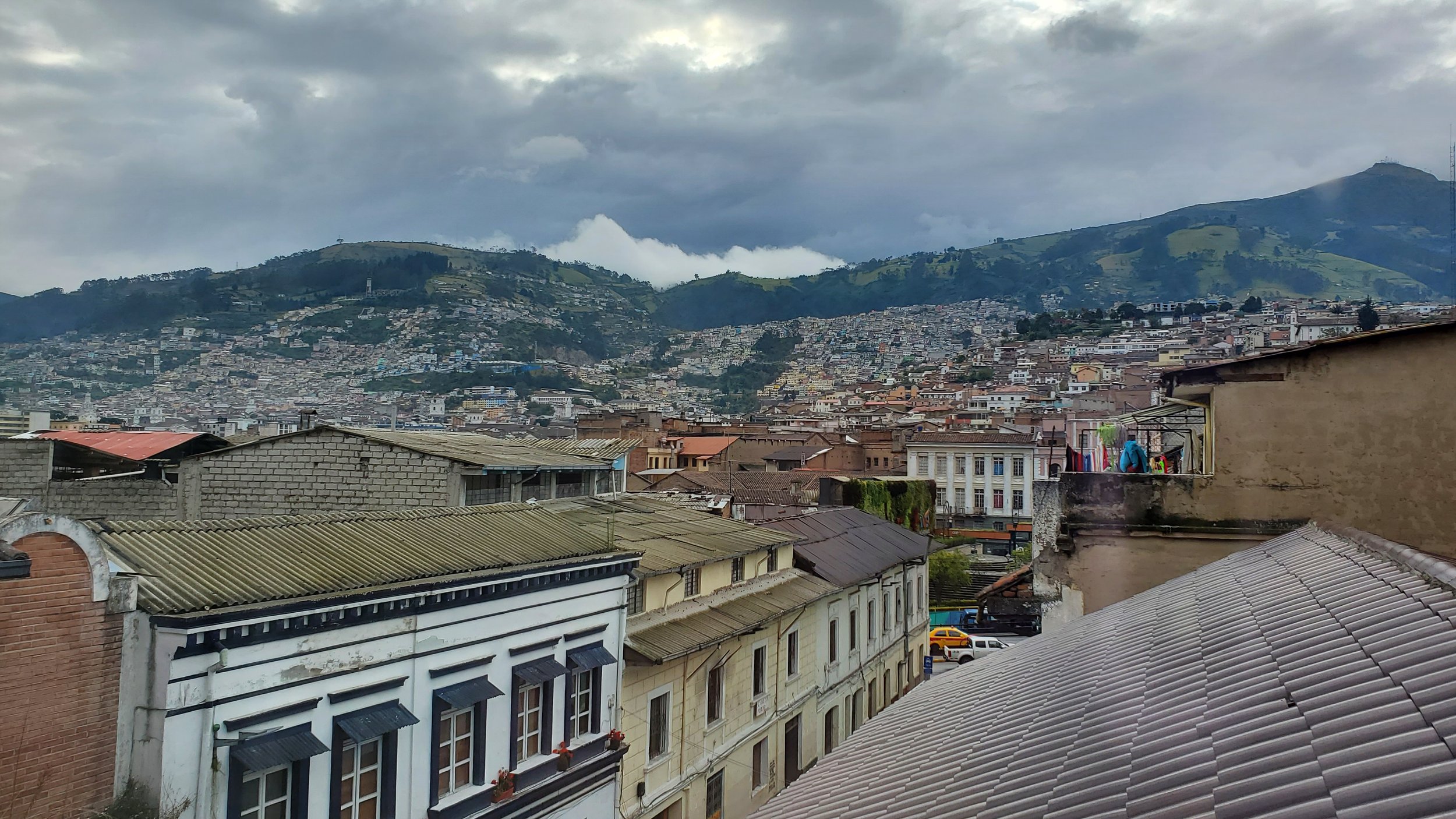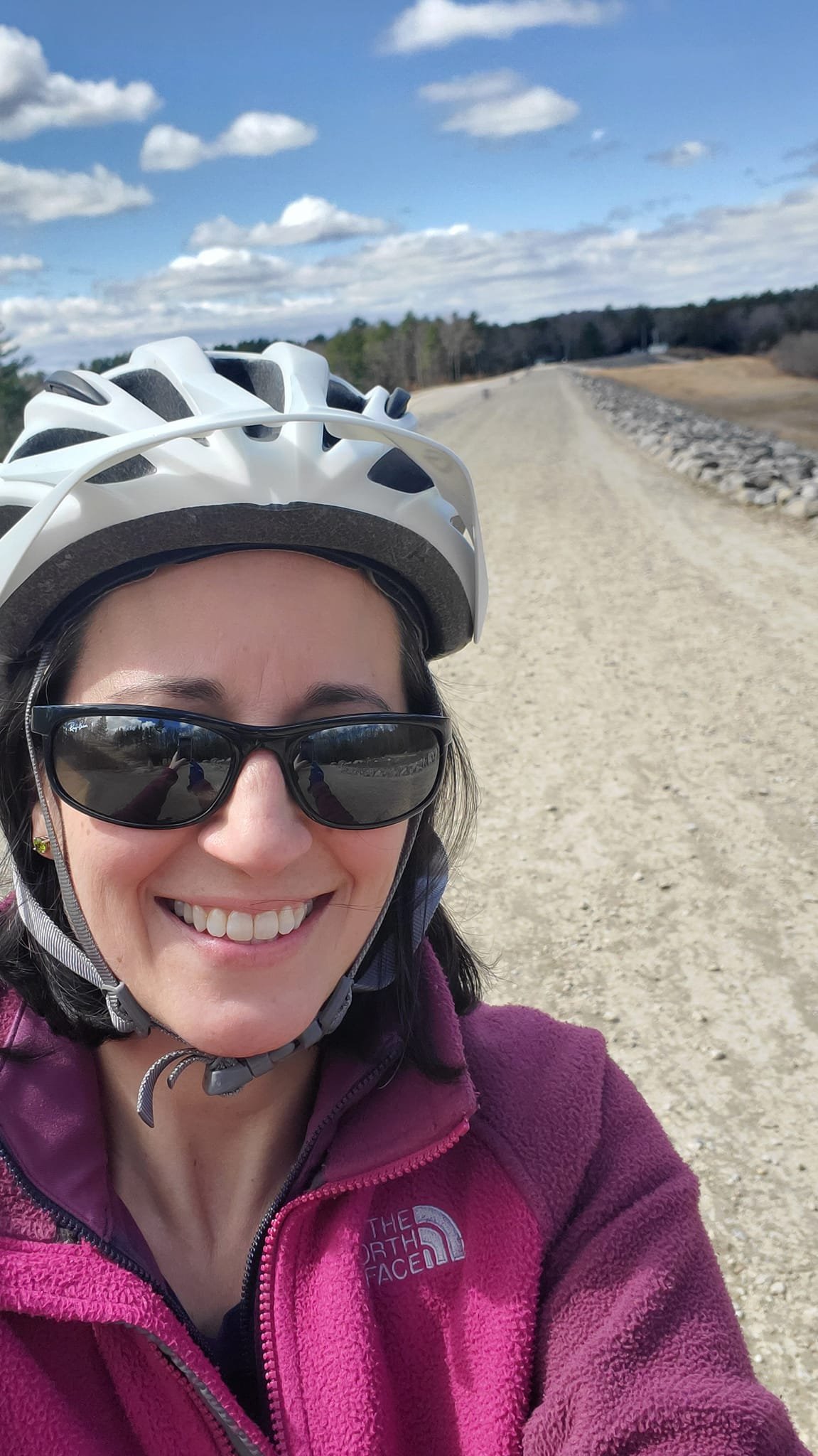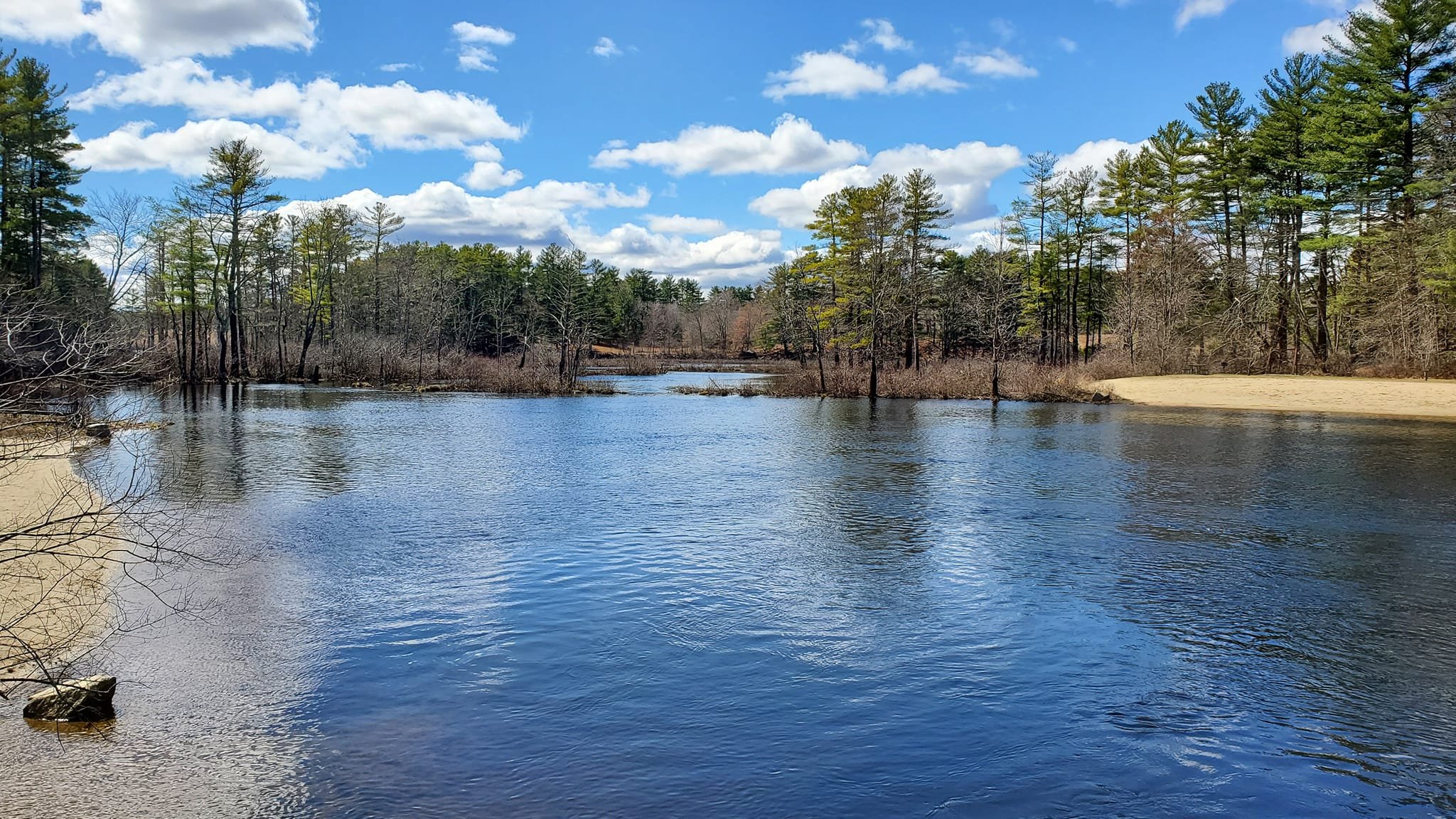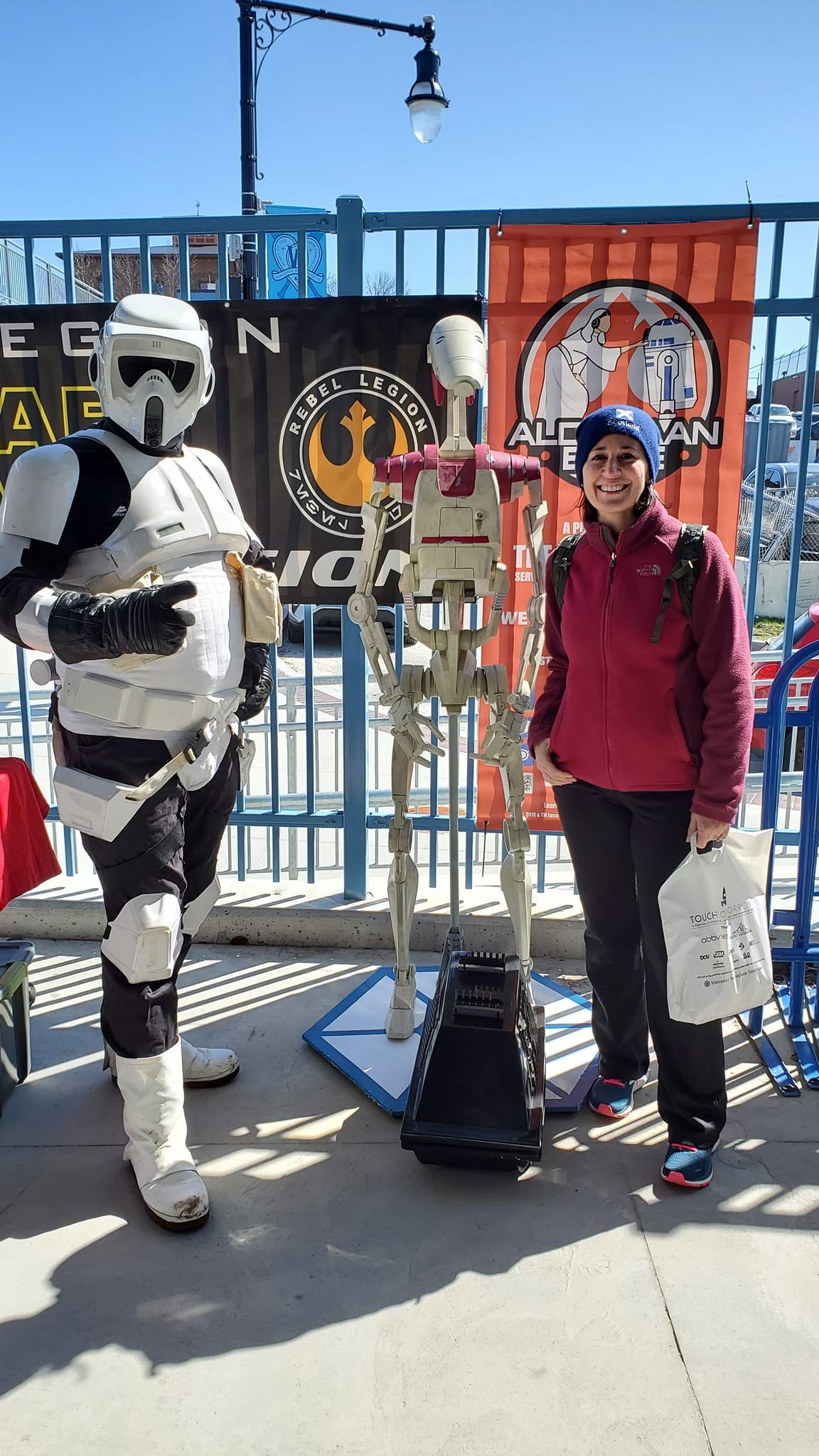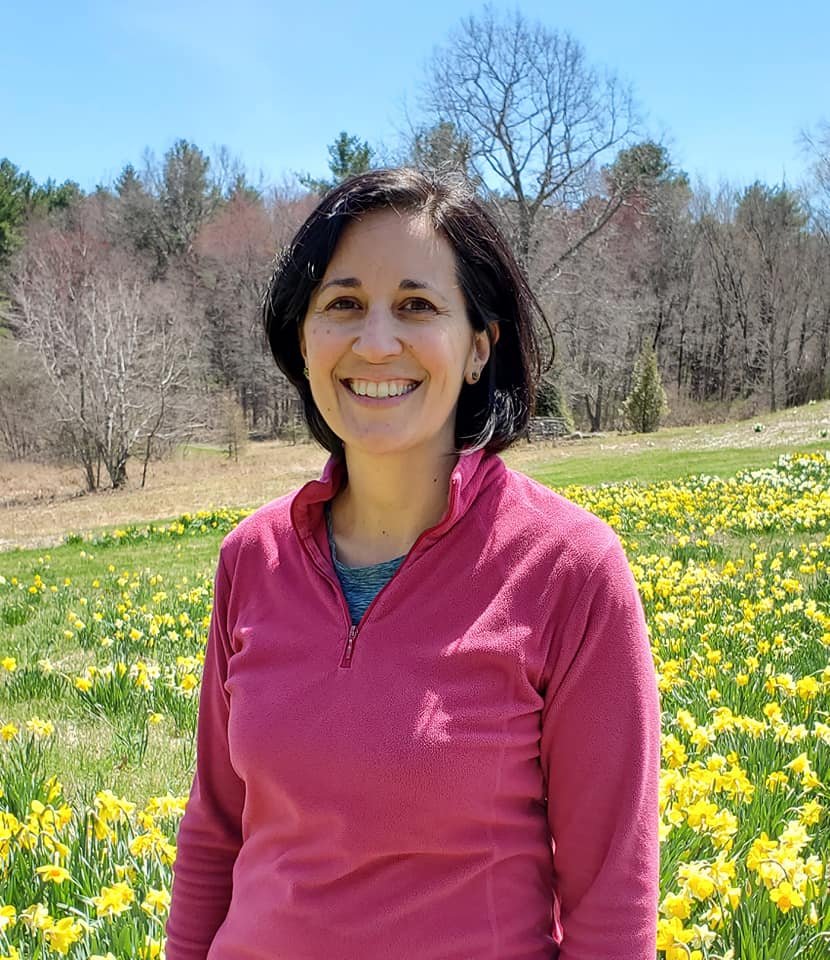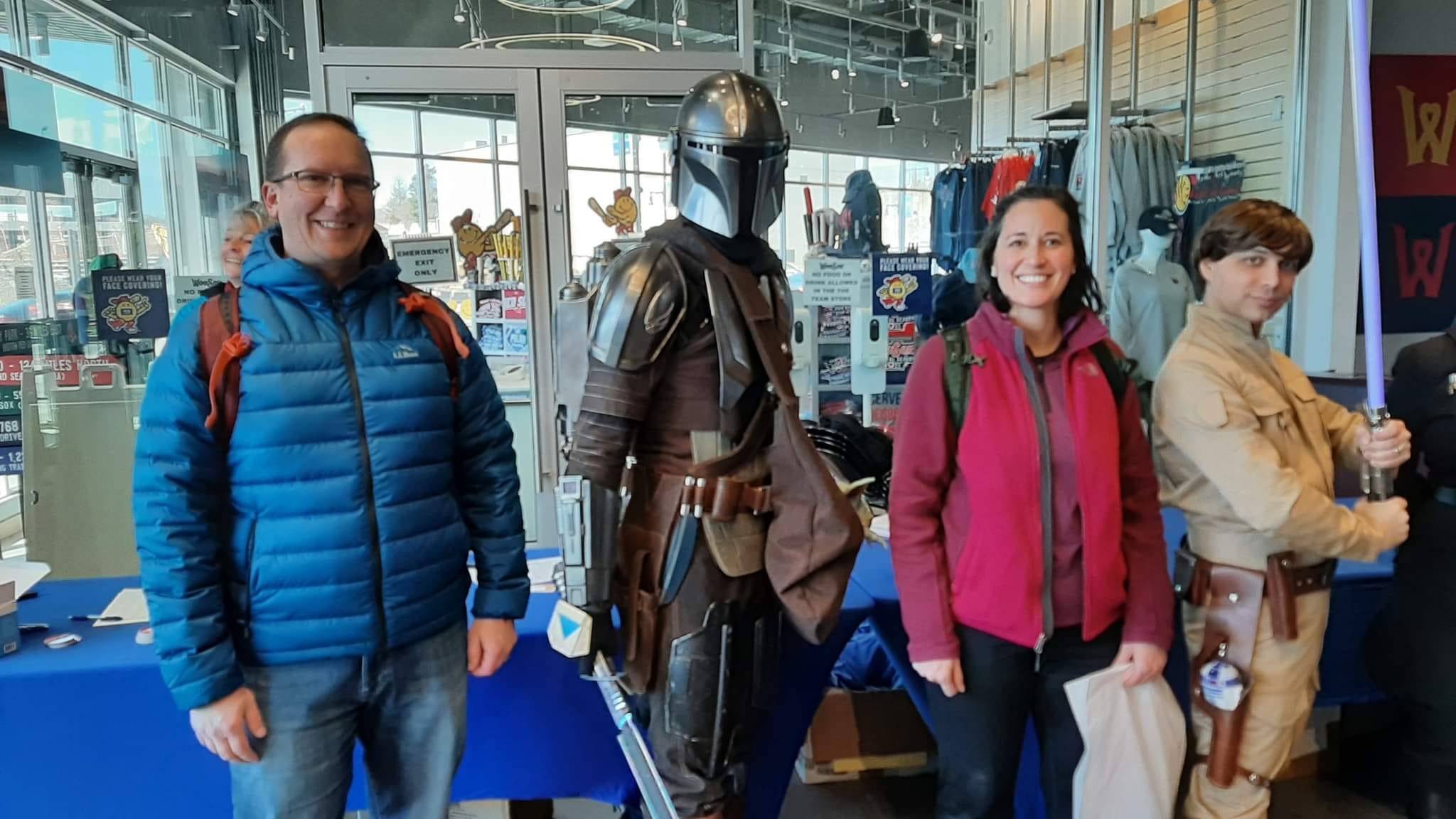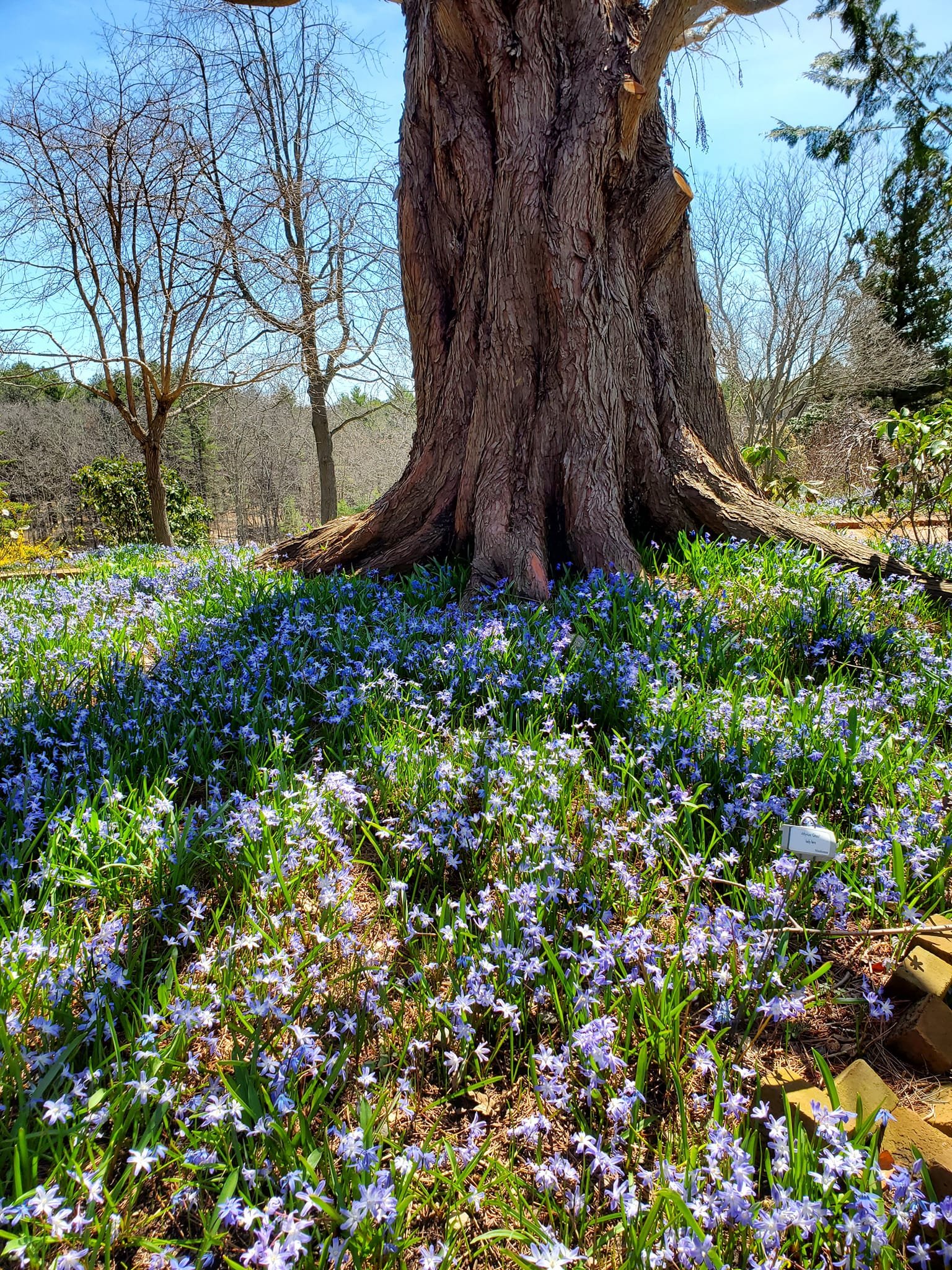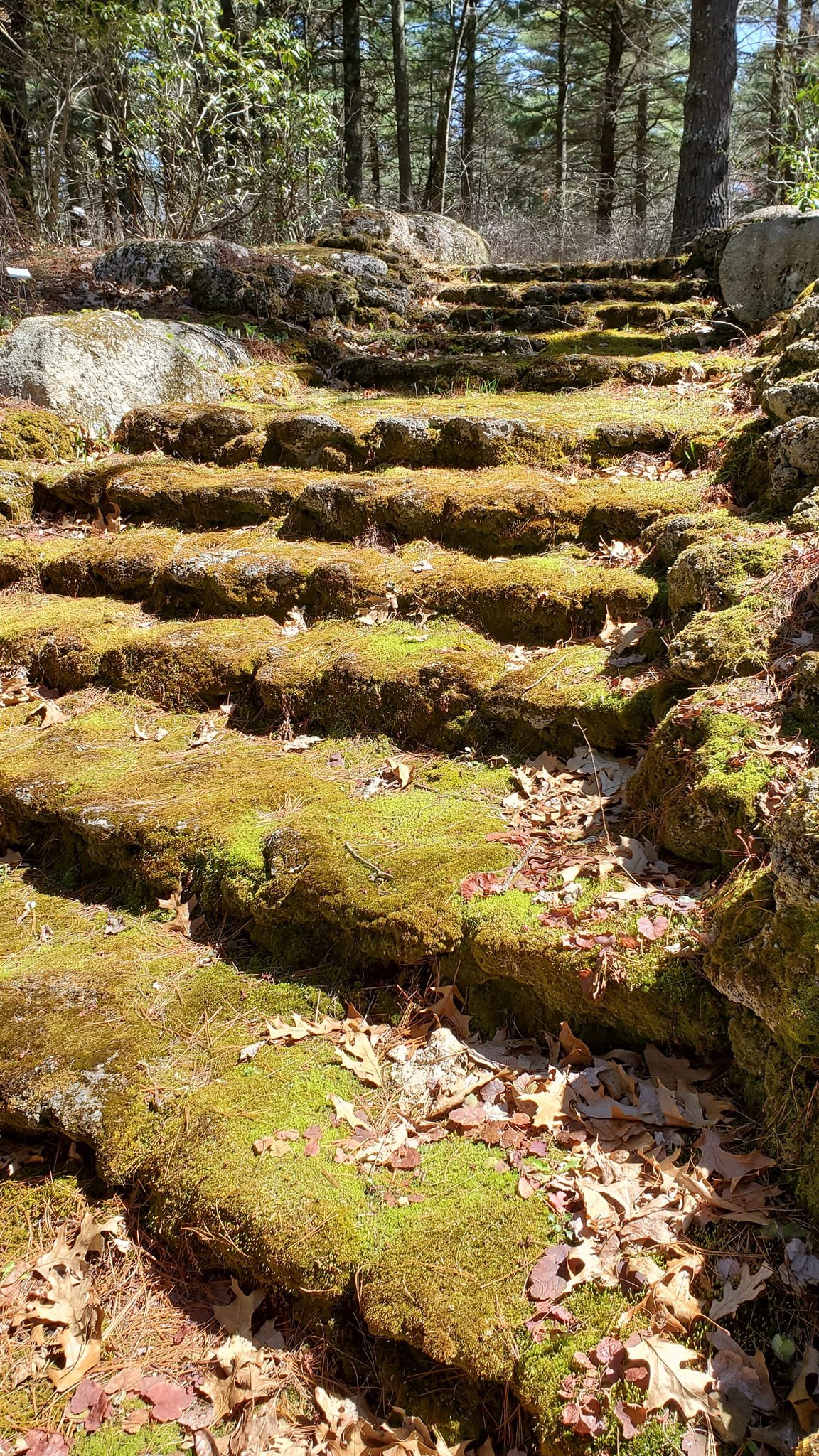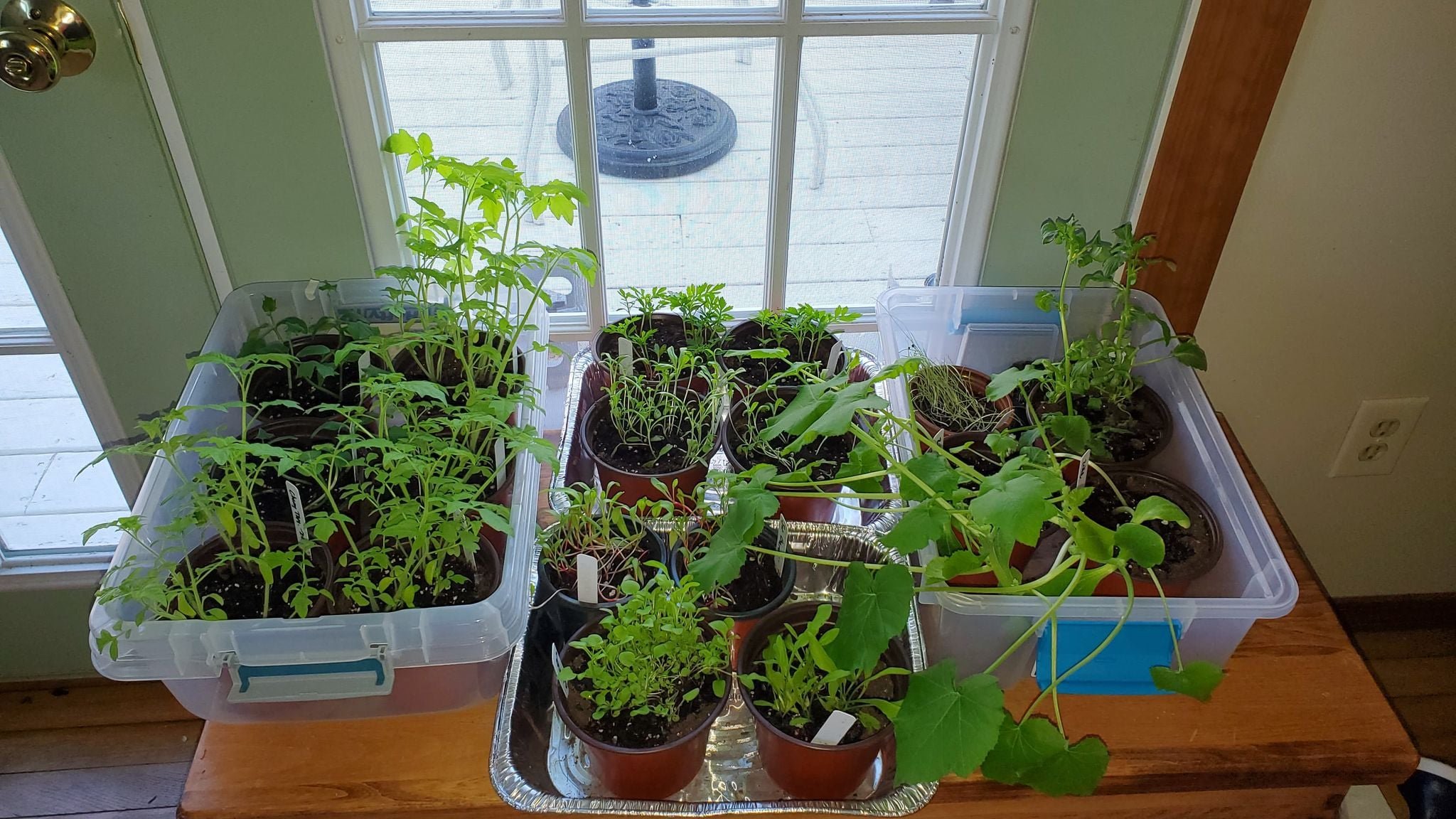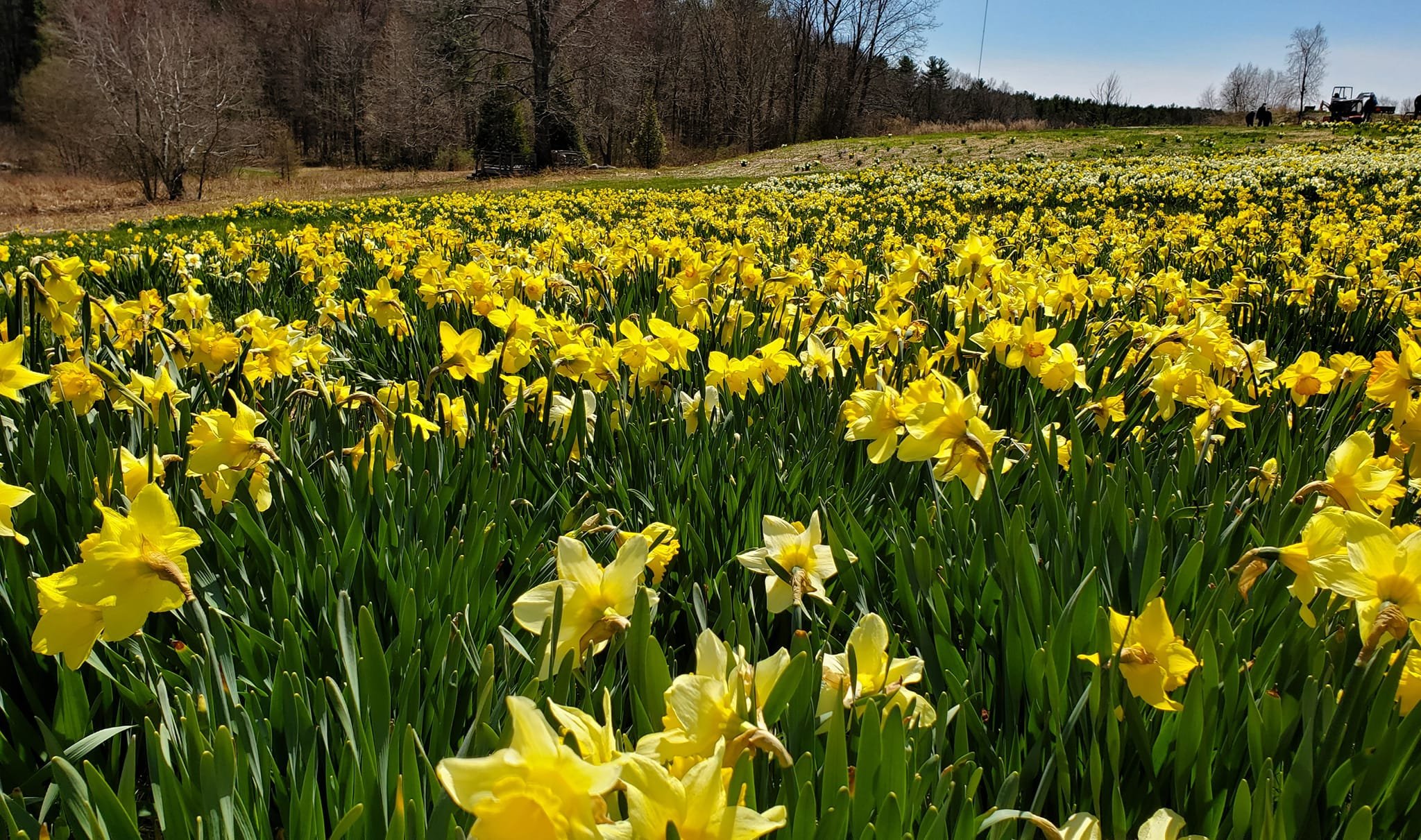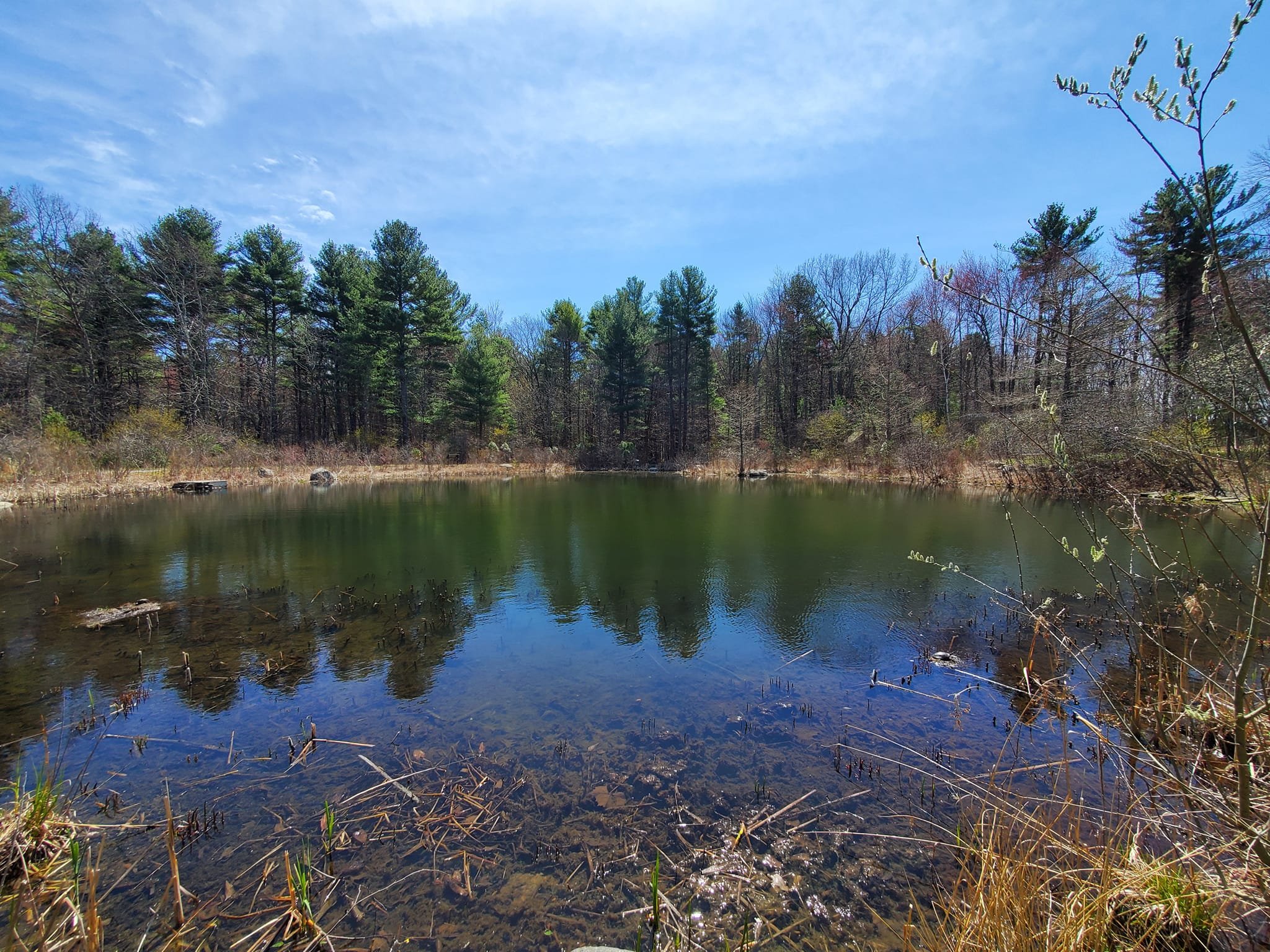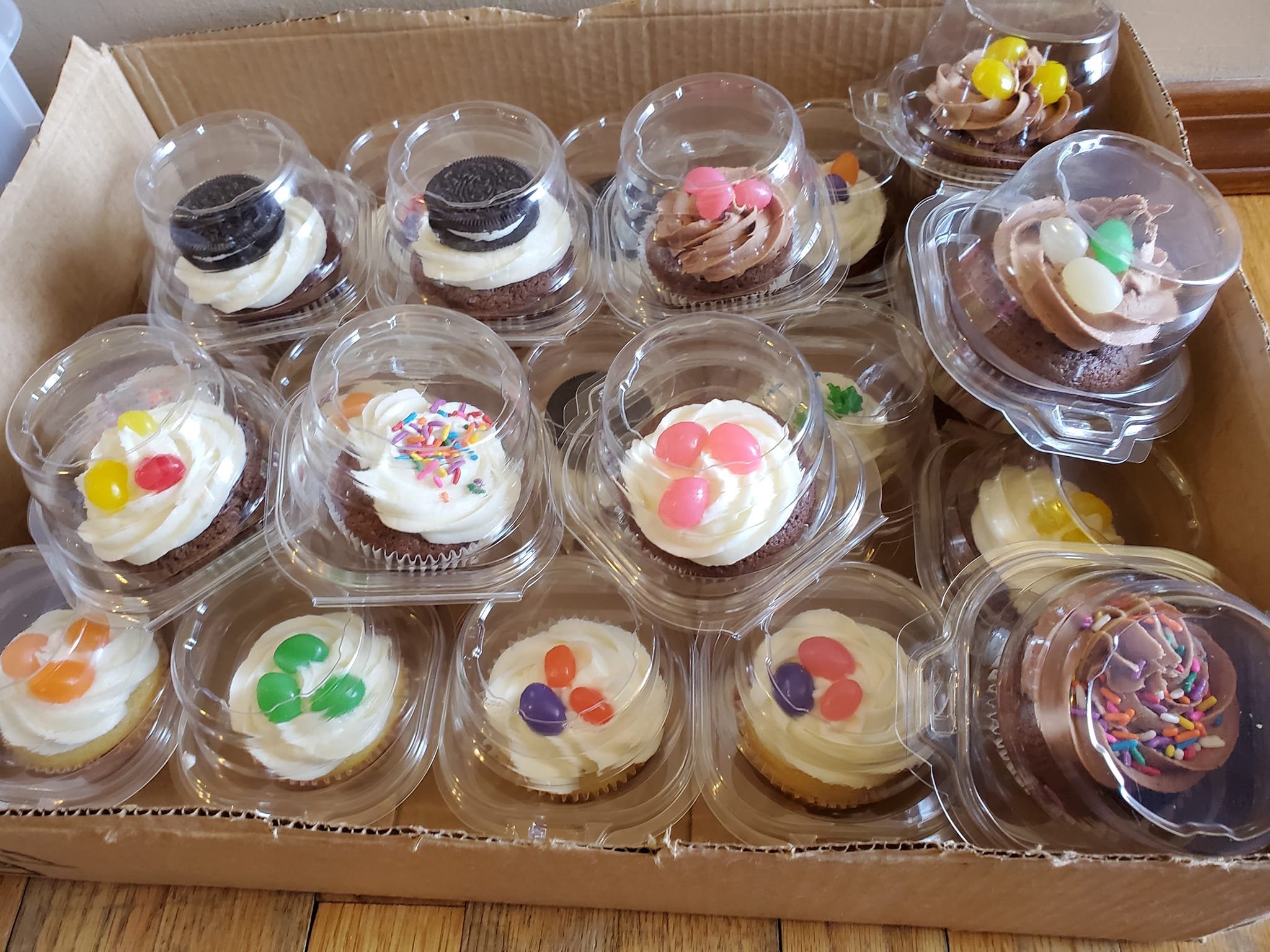Gardening for the Soul…
Me and my phlox! (Okay, it’s an artsy version of it - those are tall and robust purple phlox in all their fall glory!)
Here I am, in my small corner of the world, smack-dab in the middle of Massachusetts. This five-part blog series is for anyone who finds nature feeds their soul and for whom may want to learn a bit more about setting up vegetable, fruit, and flower gardens.
My experience: I’ve been obsessing over flower gardens for fifteen years, my berries/apples for about seven years, and I’m relatively new to vegetables, four years in now (thanks to impulse pandemic gardening). I only know what I know. My background is in science, and I now write novels full-time. The way I garden is only one way. I am no expert, but feel free to glean whatever information you can from my series…
Let’s talk about vegetables!
From Seed to Seedling: Starting Inside
2025 update: My seeds this year. I’ve cut some veggies out this year (collards, shallots, peppers, etc) and have decided to do more annuals (zinnias, dahlia bulbs, my usual marigolds) and some nursery-bought six packs for lettuce and spinach.
Supply list: soil, spoon/cup/trowel for scooping, seed-starting trays with dome lids, or small pots/containers, seeds, a sunny spot, and sunny outlook!
Before you choose your seeds, your first assignment is to determine your season length (mine is late May through October in Massachusetts, but you can also plant some vegetables in fall for a spring harvest), hardiness zone, and first/last frost dates. Where you live impacts what you can plant. [P.s. I love using the Farmer’s Almanac online to answer my gardening questions]
Next, choose your vegetables! What do you want to eat? Climate and germination time determine your indoor planting date. I start slower growers in March (inside) and quicker growers in April (my final frost date is typically around the end of May). Seed packets usually give information on when to start inside.
Here we go! Using seed starter or potting soil, plant the seeds in multi-well trays (like these). The bigger the seed, the fewer you put in each cell. Keep them watered and keep the dome on to contain moisture until seedlings pop up (like a little greenhouse), then remove the plastic dome. You can also use small pots, leftover yogurt containers, or biodegradable pots. Whatever works. If I know they will get big (e.g. cucumbers, zucchini, squash) I start them in three or five-inch pots. Some vegetables, like tomatoes and peppers, like heat for germination, so I use heat pads under my domed seed tray. For sunlight, hang lights over the trays, or place by/in a sunny window. I have a garden window in my kitchen. Once the seedlings graduate out of their little cells (a few weeks, depending on big they are), transplant them up to three or five-inch pots. You may need to divide some, or selectively thin out seedlings. Keep watering and feeding with sunshine!
My kitchen window gets west-north-east sunlight. As they grow out of these small wells, I move them up into 3 to 5 inch pots (top left), and then place them around my house by windows on raised tables (I have two good spots: west facing, and even north facing). As the plants grow and grow, aching to be transplanted outside (April, May, June), I always daydream about having a garden room or green house…one day, right?
Transplants and Direct Sowing
I transplant my seedlings to the gardens in May through early June. However, some seeds prefer to be directly sown outside because they are either too fragile (onions, lettuce), or get long and viney and can break upon transplant (beans, peas), or are vegetables that grow in the ground and need space (carrots, potatoes, onions/shallots). Some seeds swing both ways like lettuce, spinach, Swiss chard, collards, zucchini, and cucumbers. I buy lettuce already started in six-packs from a local nursery because my seedlings are too fragile with the wind of spring, and shallots/onions I buy as bulbs. Over the past few years I’ve done more outdoor direct sowing than starting inside.
Captain’s Log:
Mid-March: began marigolds, phlox, collards, swiss chard, peppers, tomatoes inside; grew celery from old cutting (it re-grows!), set up potato experiments inside
April: directly sowed peas, spinach, shallots, swiss chard, lettuce (pre-grown six packs from a nursery), and carrots outside; began cucumbers, squash, zucchini inside; moved collards outside
April to May: moved up seedlings as they grew out of wells; moved potatoes outside
Late May: transplanted tomatoes, peppers, cucumbers, squash, cucumbers, marigolds, and celery outside; directly sowed green beans
June: directly sowed a few more cucumber, squash, and zucchini to replace those lost from hot/freeze temps
2025 update: What’s my plan this year?
Since I’ve cut back on the veggie species I plant, I now compensate by planting a variety of strains within each veggie (e.g. three types of green beans, two types of zucchini)
Starting from seed inside: a variety of tomatoes, zinnias, marigolds, Swiss chard
Directly sowing seeds/bulbs: a variety of green beans, peas (snow, snap), cucumbers, zucchini, Swiss Chard, carrots
Six-packs from nurseries: lettuces and spinach
Designing Your Square-foot Companion Bed
Have less space? Daunted by the idea of huge gardens? Never fear…the answer lies in square-foot companion gardens. Simply put, each square foot of a raised bed (wood or metal framed “boxes” of any shape or size) is designated for a different vegetable. For those that love grids, this is fun! Here’s a guide on how many seeds/seedlings to plant per foot. All you need is a smidge of space in your yard with good sunlight (my two raised beds are 4x8’ each and get west and south sunlight).
My planting schematic. 2 raised beds, and a bunch of grow bags or containers (even window boxes) on my back deck.
Benefits of a raised bed include weed control, better drainage, soil control, and rodent protection (line the bottom with hardware cloth). I use PVC pipe arches and bird netting to cover my raised beds during the seedling phase (and sometimes all season long—I am very protective of my plants). Some vegetables need support (e.g tomatoes, peas): use trellises, cages, or poles. Some vegetables like space so give them plenty of room (e.g. collards, broccoli, squash, zucchini, cucumbers).
What is companion planting? Like siblings who don’t get along, you want to keep certain vegetables apart and certain ones close (they thrive off each other and help keep pests at bay). Do a little reading online to determine who likes or doesn’t like who.
What about containers? If you can grow it in a raised bed, you can grow it in a pot, growing bag, window box, or bin! Experiment. I’ve done tomatoes, cucumbers, zucchini, green beans, lettuce, spinach, and Swiss chard all in containers. This year: collard greens.
What about soil and fertilizer?
I’ll admit I’m still perfecting my ideal soil. My seeds start in a seed-starting soil mix or a potting soil with plant food (e.g. Miracle-Gro). My raised beds have “raised bed” soil specific for vegetables and herbs. I mix in compost (bagged or you can get it from local farms). Add in kitchen scraps like coffee grounds, eggs, or material from your own compost bin. I’ve added perlite to my potato experiment this year. Worm castings are also recommended (I just bought those this year). I spray my flowers and vegetables with fish and seaweed fertilizer a few times per season. There are lots of “plant foods” out there to choose from. I also top my soil bed with mulch.
This is what the garden beds look like now in early June. Plants can be moody, and we’ve had some hot, hot 90-degree days, and some bitter cold nights (even a freeze, where I had to cover them) and wet 40s stretch currently. As a result, half of my tomatoes are on their last limb (vine?) and a few of my cucumbers/squash look poorly. I directly sowed more squash/zucchini/cucumber seeds last week. They are fast growers, so I hope that makes up for the few that may not recover. Plant Experimentation is my middle name!
2025 update: This year’s data log. I also print the year’s frost dates from the Farmer’s Almanac, and will create a new garden design (I rotate locations in the raised beds), and keep notes for next year. So much of growing depends on variables outside our control: the weather! Wet, drought, late/early frosts…
Final Tips…
· Don’t be afraid to experiment. We learn from everything we do. I’m a former scientist so trial and error and tweaking are my jam!
Harvest! More to come in the fall when I talk about harvesting and storage.
· Take notes! Keep a notebook or binder with highs/lows, dates, and other information useful for next year. I create a spreadsheet to keep a log of my seed start/transplant dates (which is helpful for the next year).
· Add flowers to keep pests away (e.g. marigolds, nasturtiums).
· Most seed packs have instructions on when/how to start seeds inside or outside.
· Choosing seeds? I try to buy heirlooms as much as I can, and I shop from a few regional online/mailer catalogs, but you can get seed packs at any garden center, too, or even on eBay.
· Some vegetables can have a second harvest (e.g. the early spring vegetables like lettuce, peas, and collards can be planted again in late summer for a fall harvest). Want longer harvests? Try succession planting (for example: keep planting lettuce every 3-4 weeks for a long harvest).
Have specific gardening questions? Drop me an email through my website contact form.
Coming soon:
Part 2 (July): Setting up Perennial Flower Gardens
Part 3 (August): Fruit Extravaganza (berries and apples, oh my!)
Part 4 (September): Harvesting your Veggies & Planting for Late/Second Harvests
Part 5 (October): Pruning Your Perennials and Preparing For Winter (veggies & flowers)


